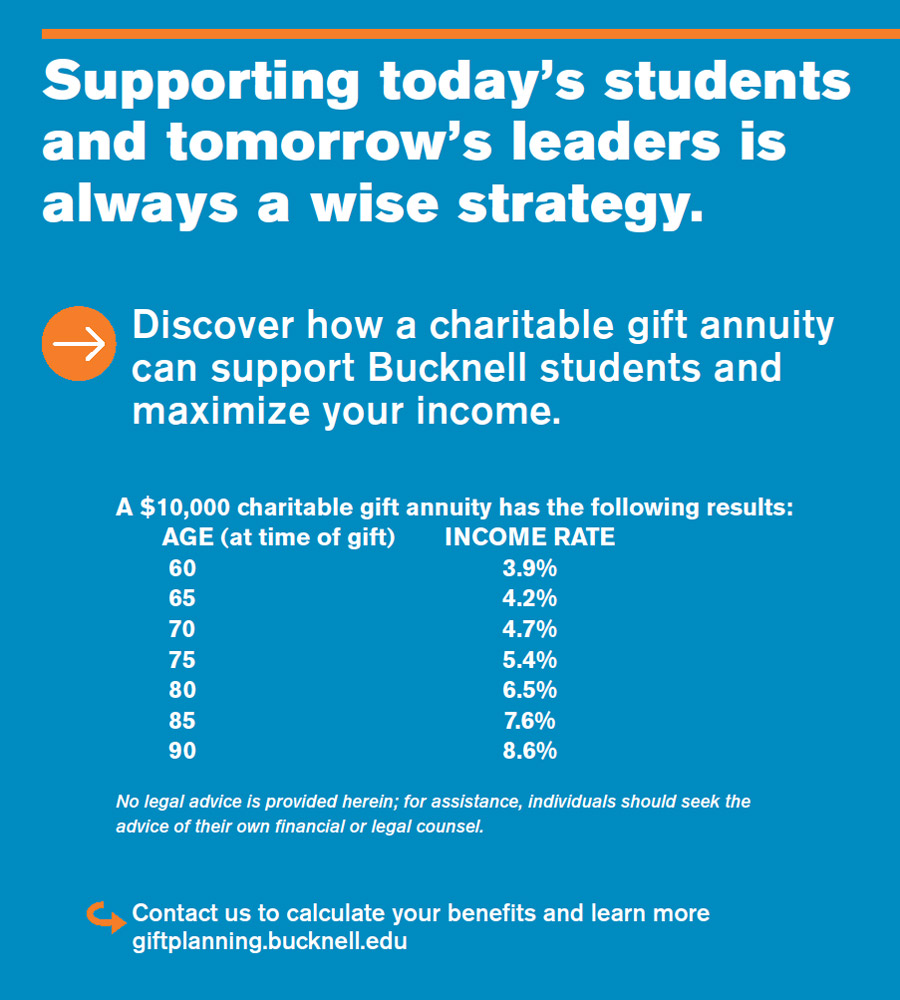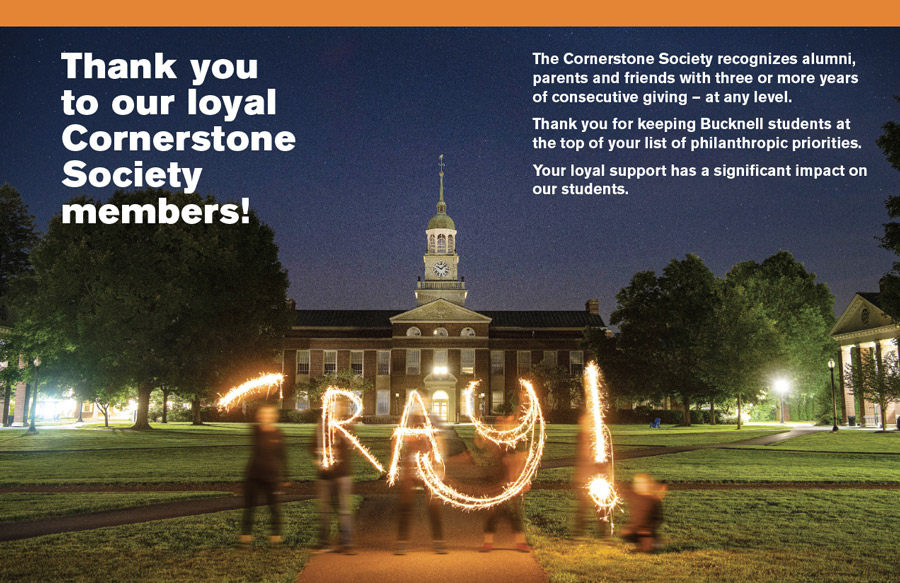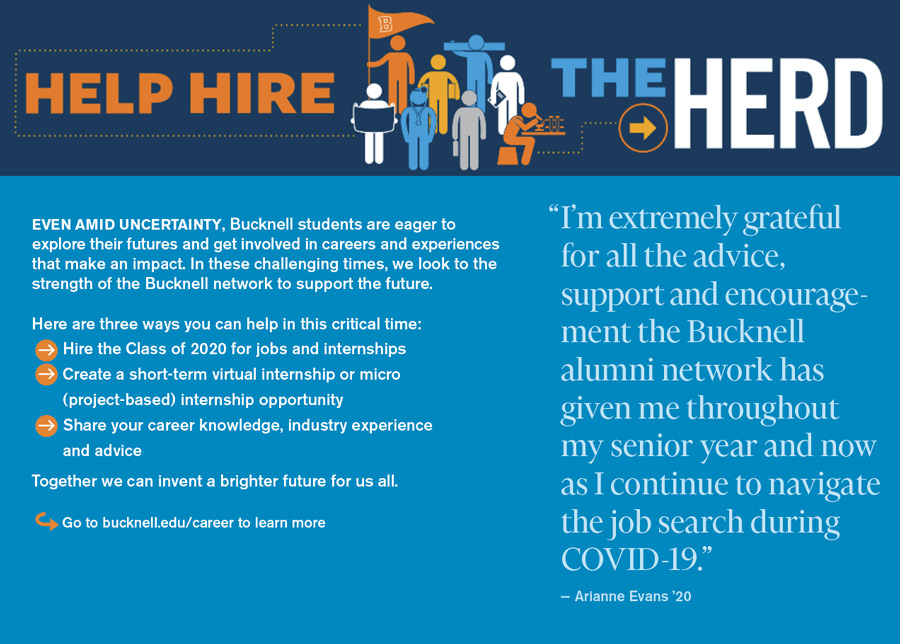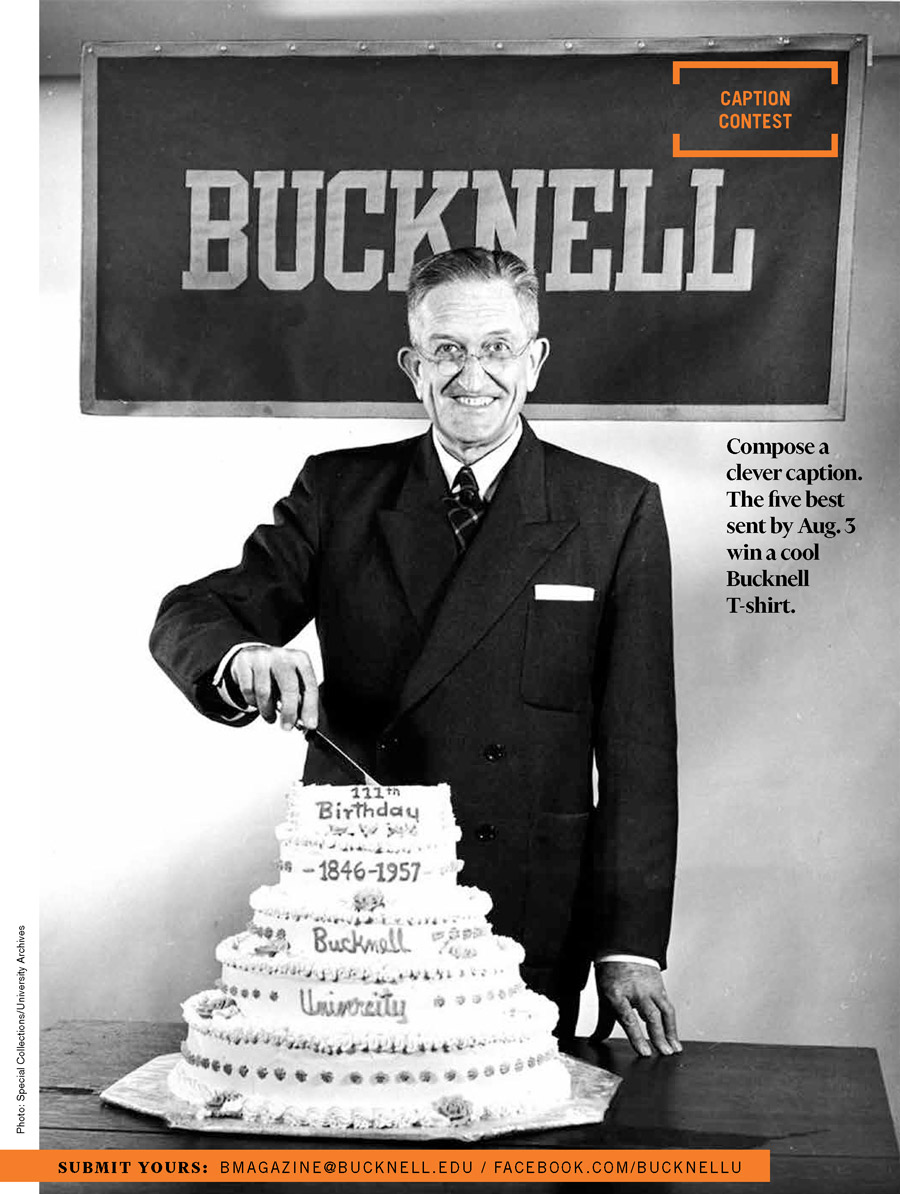The Class of 2019 tribute shines in the summer sun.
The Class of 2019 tribute shines in the summer sun.

by Eveline Chao
Viv Williams ’86 comes from a medical lineage — her father, Robert Hess Williams ’50, is a fourth-generation physician, and sister Amy Williams Goucher ’80 is a nephrologist. Williams both branched out and stayed in the family business: She’s a freelance broadcast health journalist who also works for the Mayo Clinic News Network, whose stories run on local and network TV around the country.
Her Mayo Clinic segments present “health information that people can use to make their lives better,” Williams says. Lately, that’s included stories on how to protect oneself from COVID-19, and how to maintain mental and physical health while stuck at home. “It’s important to get accurate information out to the public,” says Williams.
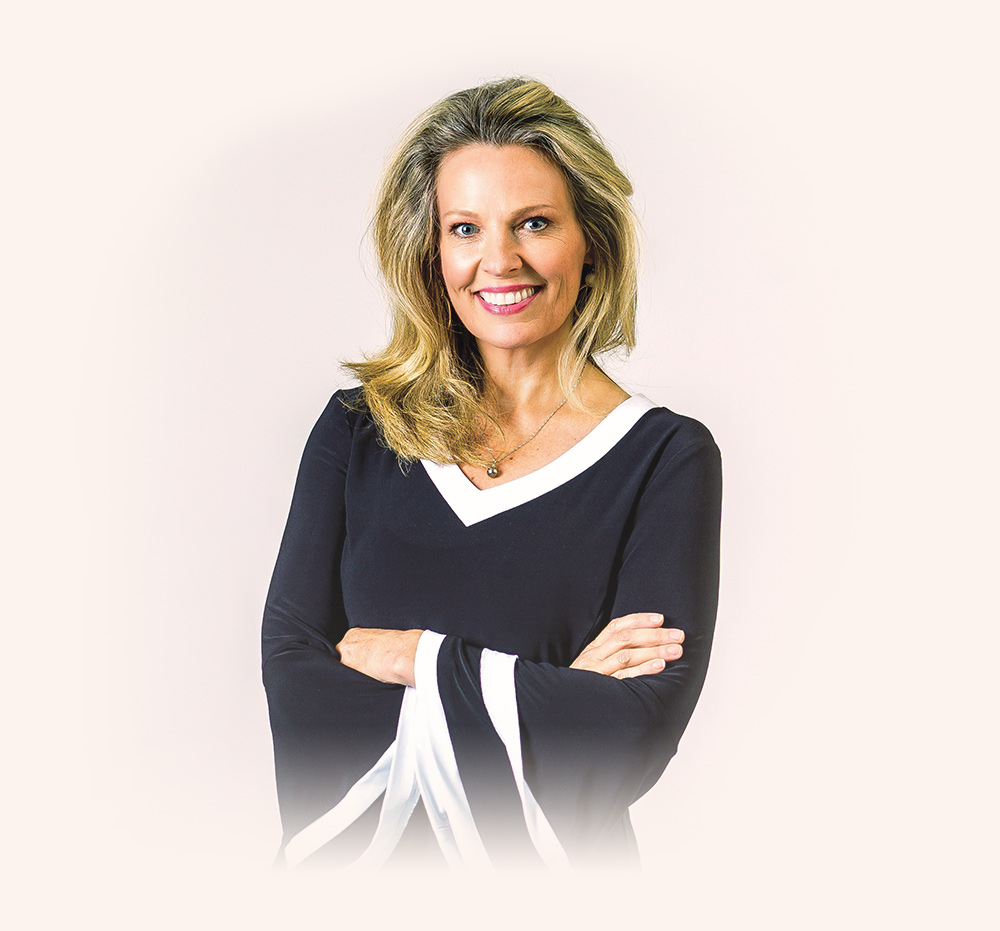

Viv Williams ’86 comes from a medical lineage — her father, Robert Hess Williams ’50, is a fourth-generation physician, and sister Amy Williams Goucher ’80 is a nephrologist. Williams both branched out and stayed in the family business: She’s a freelance broadcast health journalist who also works for the Mayo Clinic News Network, whose stories run on local and network TV around the country.
Her Mayo Clinic segments present “health information that people can use to make their lives better,” Williams says. Lately, that’s included stories on how to protect oneself from COVID-19, and how to maintain mental and physical health while stuck at home. “It’s important to get accurate information out to the public,” says Williams.
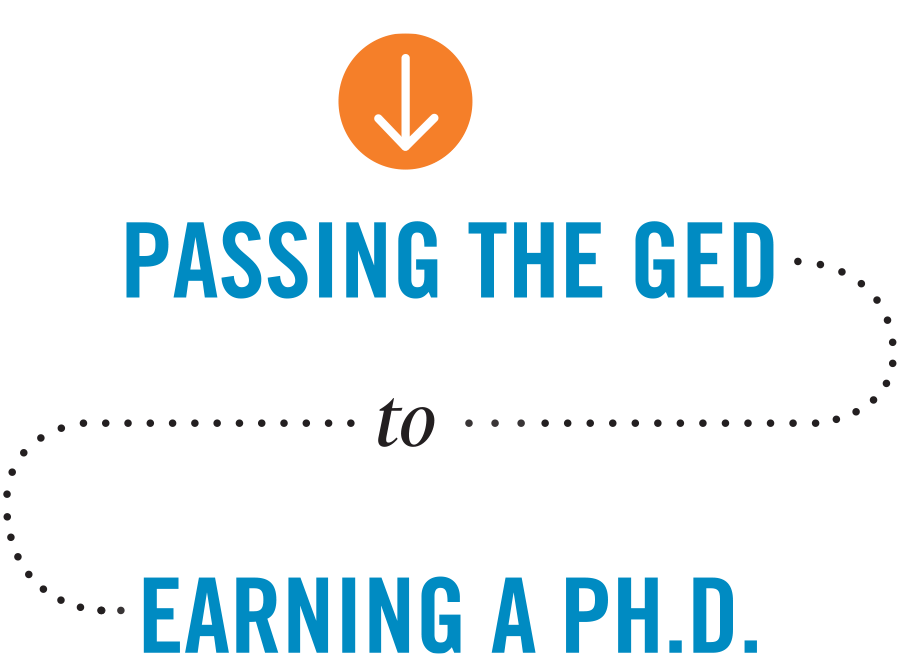
by Matt Hughes
By the time she turned 30, Professor Deborah Sills, civil & environmental engineering, had been many things — a soldier, a backpacker in India, a mom — but a high school graduate wasn’t among them.
Sills dropped out of her school in Israel, where her family relocated from the U.S. when she was 12, amid struggles with anxiety and depression, and a decade later was raising a daughter on her own and working in a natural food co-op in Bozeman, Mont.
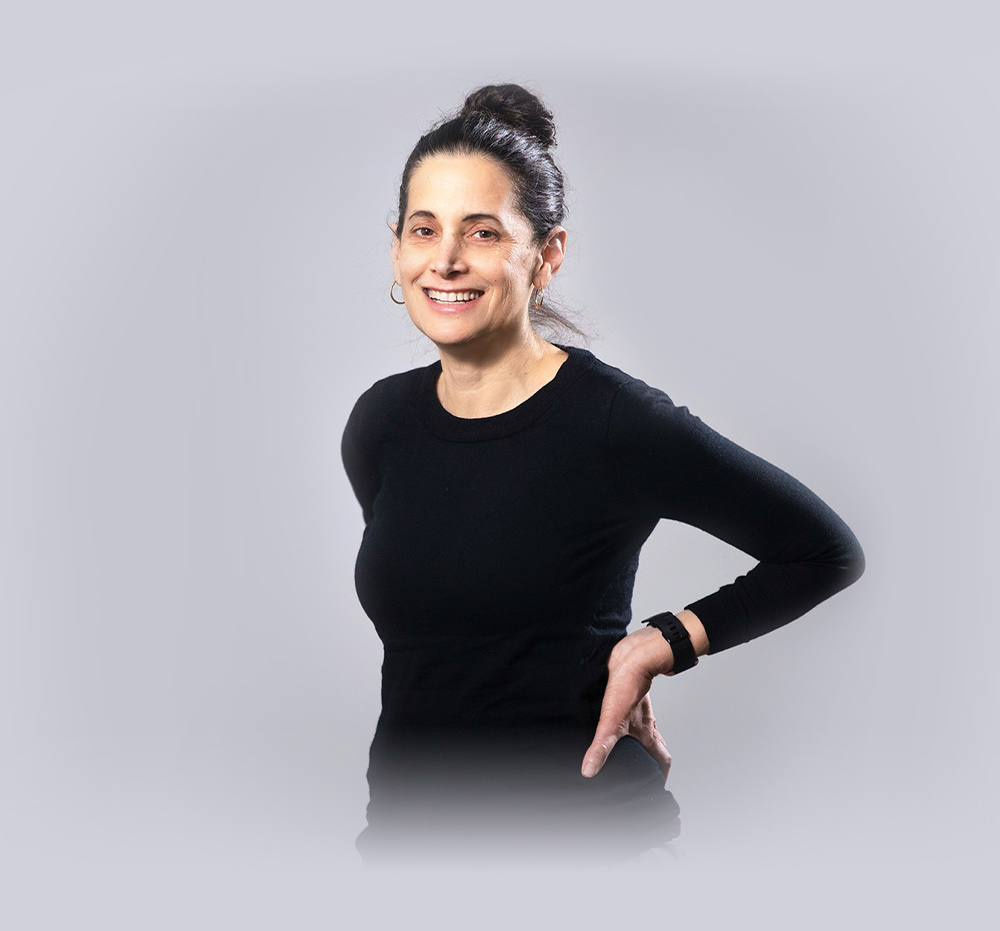

By the time she turned 30, Professor Deborah Sills, civil & environmental engineering, had been many things — a soldier, a backpacker in India, a mom — but a high school graduate wasn’t among them.
Sills dropped out of her school in Israel, where her family relocated from the U.S. when she was 12, amid struggles with anxiety and depression, and a decade later was raising a daughter on her own and working in a natural food co-op in Bozeman, Mont.

in this age of uncertainty, there is one thing for certain: Bucknellians will stand strong and deliver. Whether it’s a professor flexing first-time online teaching muscles, dance students stitching together steps to create a cohesive video sequence or alumnae overseeing federal drug approvals or shepherding a possible COVID-19 treatment, Bucknellians are giving it their all.
You’ll learn more about all of the aforementioned folks in the following pages, and you’ll read about how the Bucknell campus community came together during the most challenging spring in the University’s 174-year history. While our seniors were not able to enjoy their usual final semester or May Commencement, they are making plans for the future. Read how one outstanding senior grew from her Bucknell international research opportunities to become a confident scholar — and Fulbright recipient.
At press time, calls for racial justice echoed around the globe, in the wake of George Floyd’s death in Minneapolis. Those calls were also resounding throughout the Bucknell community. On Page 9, you can read more about actions planned by the University.
In these uncertain times, one thing is certain: As Bucknellians, we will move ahead, strongly, surely and meaningfully.
Rochester, N.Y.
I am writing about “Fellow Travelers,” an article about Forrest Brown by Sherri Kimmel in the Spring 2020 issue. I am indebted to Mr. Brown for my education at Bucknell. l came to Bucknell in 1951 as a sophomore transfer student from the University of Dubuque. Mr. Brown arranged a full scholarship for me so I could study mechanical engineering. I graduated in 1954 and last saw Mr. Brown in 1963 when he visited me in California. After working in the aerospace industries for 40-some years, I retired in 2000 and now live with my wife in Long Beach, Calif. Our three kids are all happily married and have their own wonderful families.
I visited often at Mr. Brown’s house when I was at Bucknell. I have fond memories of the warm hospitality, which helped me to forget the loneliness of living in a new country. Mr. Brown always helped me to find part-time work and jobs during holidays. I would like to express my deep gratitude and appreciation for his kindness and help extended to me during my years at Bucknell.
As I recall, my father, Tsi-Hsing Wang M’34, a YMCA secretary in Kunming, China, stayed with Mr. Brown’s family in 1932 when he went to Bucknell for his master’s degree. My father revisited Bucknell in 1982 and was sorry that he didn’t get a chance to say goodbye. My father passed away in Los Angeles in 1999.
Long Beach, Calif.
The article in the Spring 2020 issue about the trees on Bucknell’s campus (“How to Care for Trees and Shrubs”) brought back memories of my own experience. As a commuter student scraping for income, I was fortunate to be part of the maintenance crew at Bucknell during breaks and vacations.
I mention this because, looking back over the intervening years, I find that I learned more useful lessons while working with the maintenance crews than I did in the classroom. (This will come as no shock to any of my professors or to anyone looking at my GPA.) I also learned a trade. I wired much of Memorial Stadium after a fire there, and to the best of my knowledge, there have been no subsequent disasters from that.
I would like to thank all of the men (there were only men then) who patiently put up with my immaturity and taught me lessons about life and working with people that have served me so well all of these years. They also gave me an electrical skill set that has been quite helpful around the house and made me very popular with neighbors. The classroom work was important, and my resulting degree is what opened the doors needed to create the career in international logistics that I have much enjoyed. All graduates got that career preparation. For some lucky few of us, however, our Bucknell education was much broader. My thanks to all those people who were so valuable to me.
Fort Wayne, Ind.
Bucknell Magazine welcomes letters to the editor addressing topics covered in the magazine. Although criticism of the University and its policies is acceptable, no letters containing potentially libelous statements or personal attacks will be printed.
The editors reserve the final decision to publish and edit any letter — there is no guarantee that all letters received will be published.
All letters must be signed. The maximum length is 300 words. The editors reserve the right to edit letters for clarity and space. Writers may be asked to submit revised versions of letters or to approve editorial changes made by the Bucknell Magazine editor. After two issues, the debate on any topic will conclude. Views expressed in this magazine do not necessarily reflect the opinions of the editors or the official views or policies of the University.
Despite the emergence of COVID-19 this spring, Bucknell kept keeping on.
Illustration by Gwen Keraval
Workers place the last beam on the new Freeman College of Management/Art & Art History Building.
Photo by Emily Paine

magazine
Volume 13, Issue 3
Vice President for Communications
Gail Glover
Senior Director of Content Strategy
Heather Johns
Editor
Sherri Kimmel
Design
Amy Wells
Associate Editor
Matt Hughes
class notes editor
Heidi Hormel
Contributors
Brad Tufts
Emily Paine
Brooke Thames
Bryan Wendell
Editorial Assistants
Kim Faulk
Miyah Powe ’20
Julia Stevens ’20
Website
bucknell.edu/bmagazine
Contact
Email: bmagazine@bucknell.edu
Class Notes:
classnotes@bucknell.edu
Telephone: 570-577-3611
Bucknell Magazine
(ISSN 1044-7563), of which this is volume 13, number 3, is published in winter, spring, summer and fall by Bucknell University, One Dent Drive, Lewisburg, PA 17837. Periodicals Postage paid at Lewisburg, PA and additional mailing offices.
Permit No. 068-880.
Circulation
53,000
Postmaster
Send all address changes to:
Office of Records,
301 Market St., Suite 2
Bucknell University, Lewisburg, PA 17837
© 2020 Bucknell University
Please recycle after use.

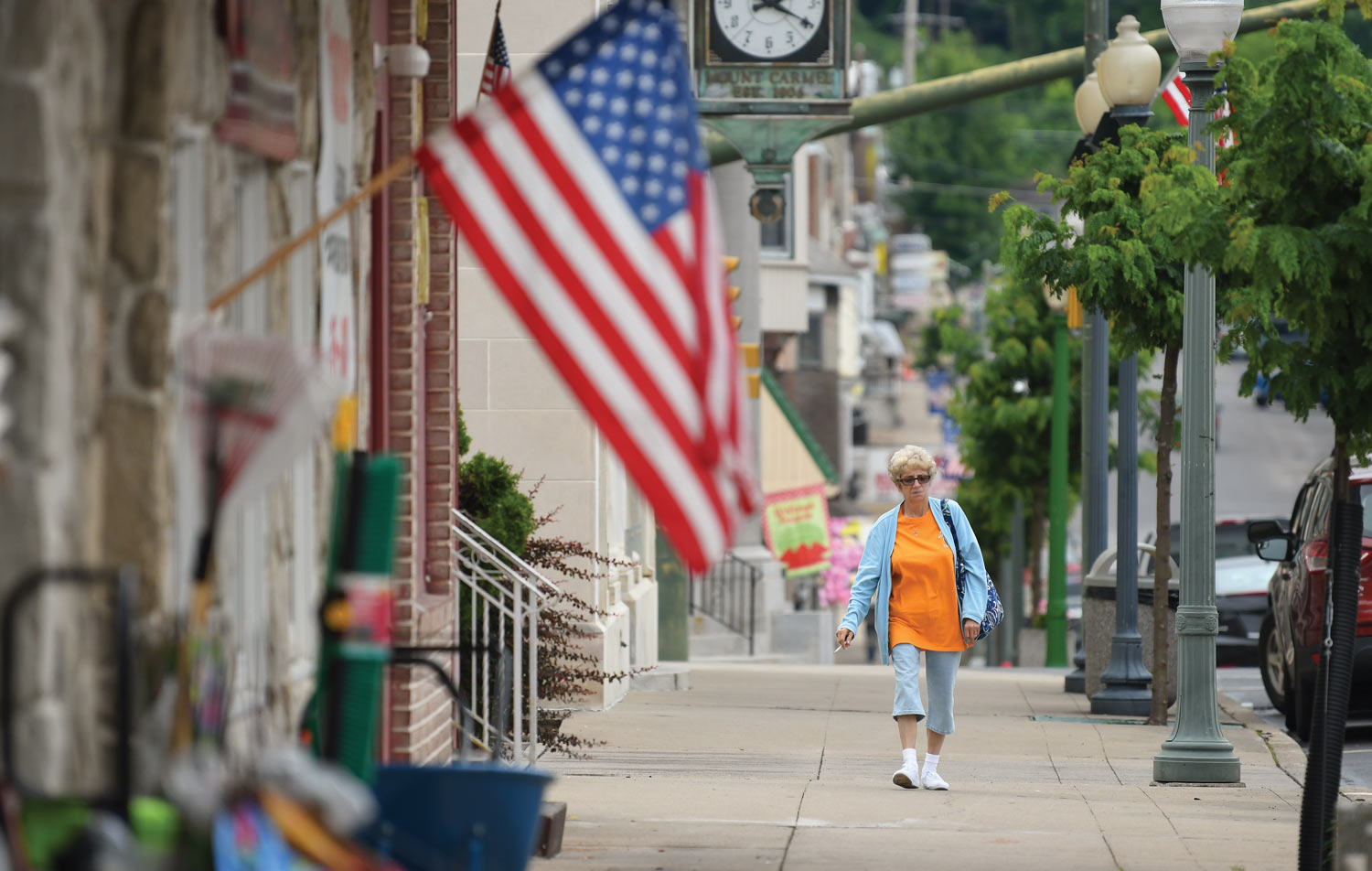

Now, in partnership with the Geisinger health care system, a team of five undergraduate students are learning firsthand about the challenges residents face in receiving quality health care. Students interviewed 40 women from the Mt. Carmel and Shamokin, Pa., area about their health care experiences. Their voices will be incorporated within the data found in their medical records so that doctors may better address patient needs and concerns.
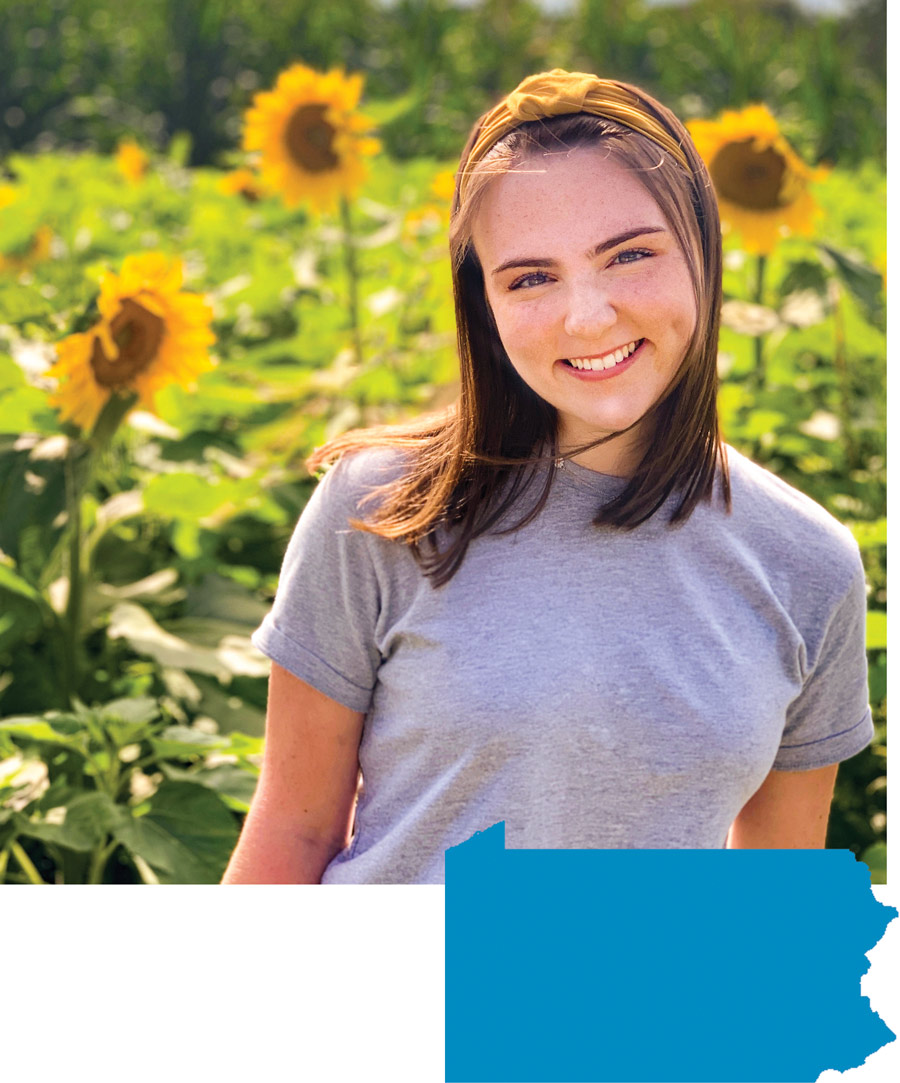

 Lewisburg, Pa.
Lewisburg, Pa.Jillian Flynn ’22’s experience with children’s musical theatre goes back to her first on-stage performance at age 5. So it was only natural that she would choose to work with kids for her Presidential Fellowship at Bucknell, helping local prekindergarten children learn about the environment through music.
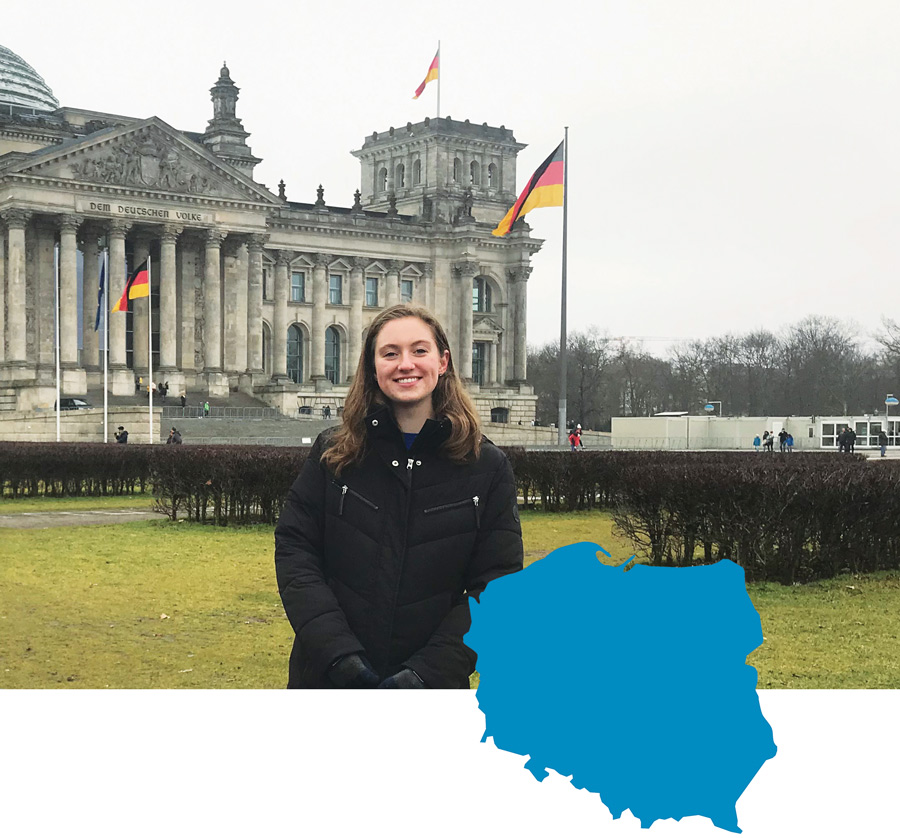

 Oświęcim, Poland
Oświęcim, PolandIn January, history major Caroline Hromy ’21 attended the 75th anniversary of the liberation of Auschwitz-Birkenau at the actual site of what was a German Nazi concentration camp in occupied Poland. The trip was an extension of research she began last fall with Professor David Del Testa, history, on the portrayal of Holocaust victims in museums and memorials.
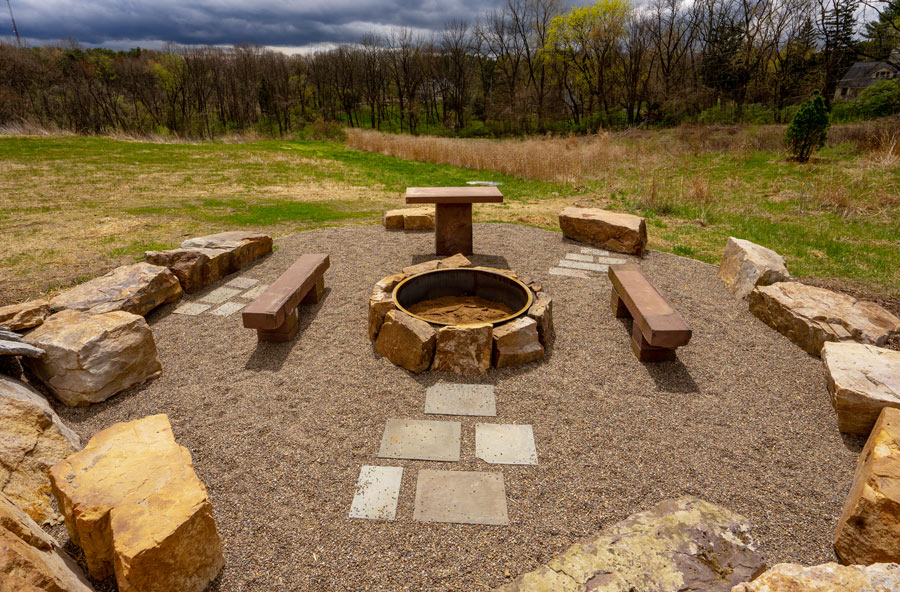

Intent on honoring the Class of 2020 despite the physical distance, Bucknell students, faculty, administrators and alumni came together virtually for an online Commencement celebration on July 19. Video messages from Bravman, Provost Elisabeth Mermann-Jozwiak, former Save the Children CEO and keynote speaker Carolyn Speer Miles ’83, P’14, and student speaker Brishti Mandal ’20 spoke to the achievements and character of the class.
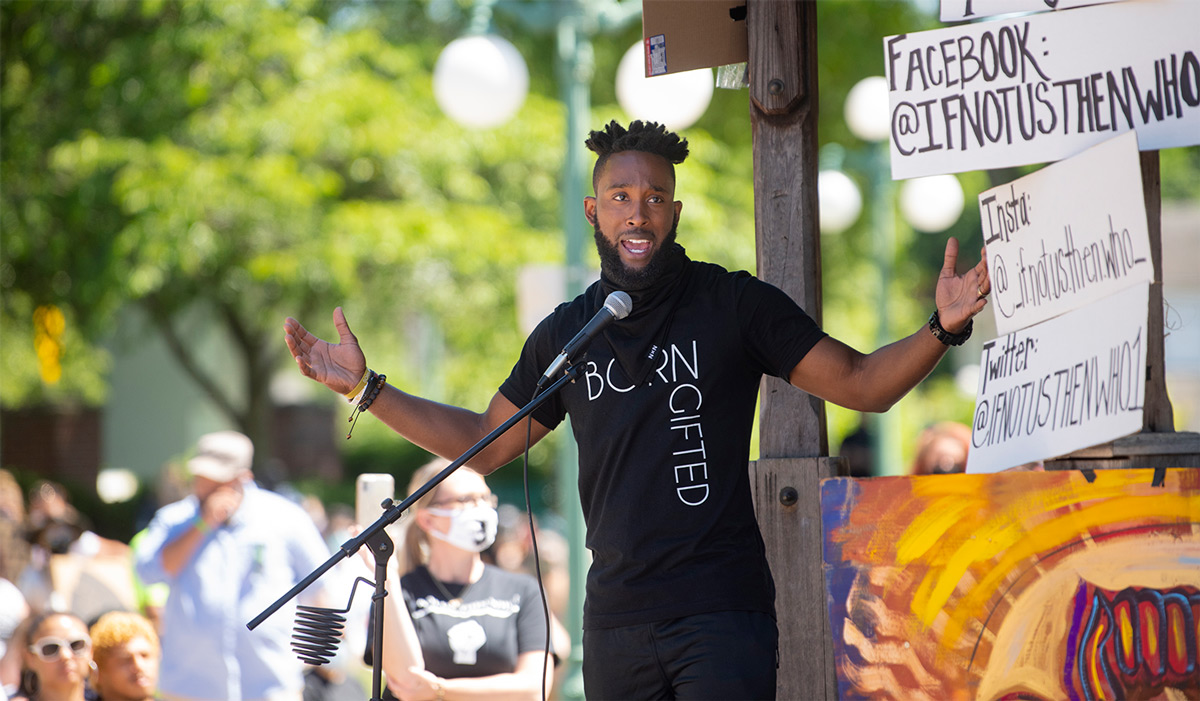

While Trotter and Atakora Appiah-Padi ’20 were two Bucknellians who spoke at the park rally sponsored by the local social justice organization If Not Us, Then Who?, other members of the Bucknell community were expressing themselves by other means, with a focus on how Bucknell could more actively address racial injustice, diversity, equity and inclusion.

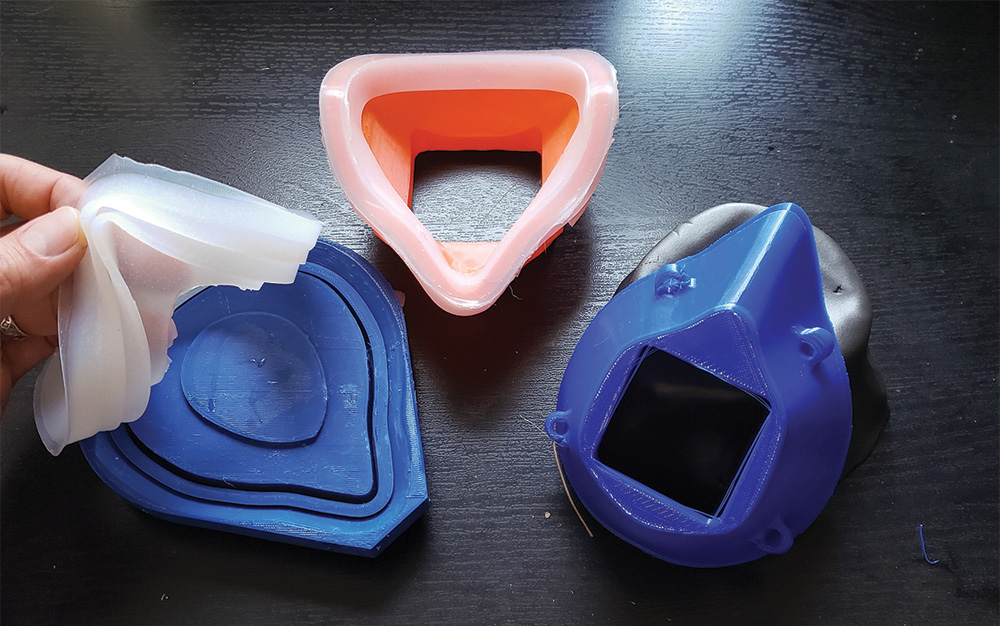


Every year, Bucknell engineering students and professors put their skills to work for the greater good, whether they’re partnering with local businesses on projects that support jobs or creating eyeglasses for impoverished children in the Global South. This spring, their efforts took on greater importance than ever, as the college joined the nationwide effort to protect caregivers on the front line of the COVID-19 pandemic.
Professor Brandon Vogel, chemical engineering, devised an intubation tent that safeguards doctors when they place patients on ventilators and donated the devices to Evangelical Community Hospital in Lewisburg. Professor Eric Kennedy, biomedical engineering, and his student Rachel Michael ’20 worked on a reusable plastic facemask with space to mount a disposable N95 filter cartridge. And many others, including mechanical engineering professor Nate Siegel and student workers at Bucknell’s makerspaces, created face shields for doctors and nurses, fabricating parts with 3D printers both on campus and in their own homes. Mechanical engineering major Xander Karpowicz ’22 even sought out 3D printers from a local high school to create shields for a hospital near his home in Lehighton, Pa.
The current location of the Hall of Fame is rather obscure for such luminaries. Black-and-white portraits of the athletic greats line a long, dim corridor on the second floor of Gerhard Fieldhouse. Visitors are unlikely to stumble upon the display without asking for directions. But that remoteness is soon to change.
This spring, the Department of Athletics & Recreation began an entirely donor-driven project that will give the Hall of Fame not just a new home but a new vitality. The display will be located on the second-floor landing inside the Kenneth Langone Athletics and Recreation Center — a high-traffic area at the crossroads of Davis Gym, the Krebs Family Fitness Center and the department’s administrative offices.
Instead of rows of static portraits, there will be a colorful celebration of Bison athletics history, featuring interactive touchscreens that allow visitors to gain a more detailed look at each inductee and access photos and videos.
“A new Hall of Fame presentation is something that we have envisioned for many years, and we are so thankful to the [anonymous] donors who have made this concept a reality,” says Todd Newcomb, chair of the Hall of Fame Committee. “The Hall of Fame celebrates the very best and brightest in Bucknell Athletics annals, and we are proud to be able to showcase these individuals in a manner in which they deserve.”
The new Hall of Fame area is slated to open on Homecoming Weekend 2020.
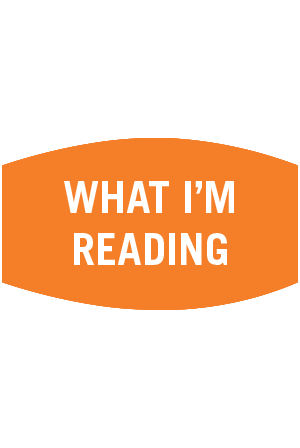
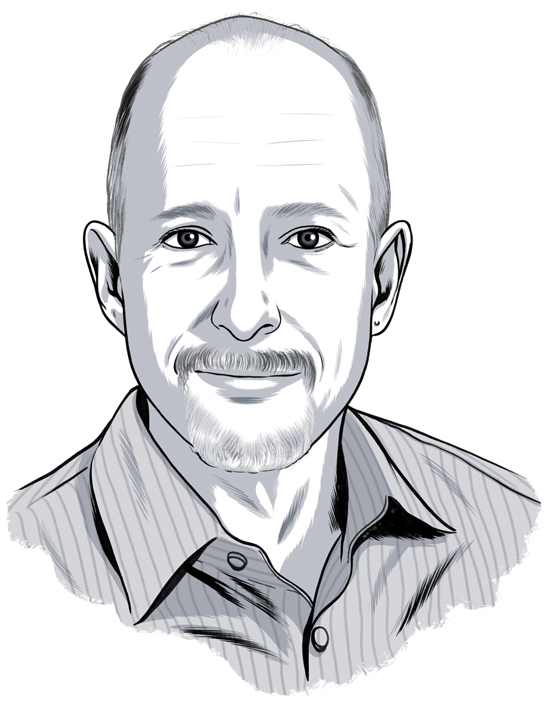

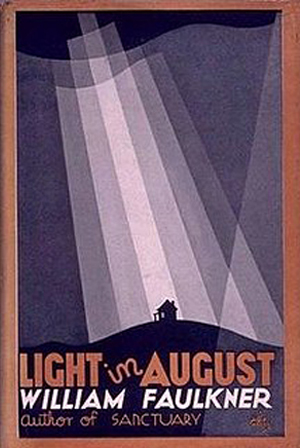




Lehane has a terrific knack for interweaving plot lines and developing characters in ways that give the reader a vivid insight into specific times and places. The time and place of this novel is Boston during and shortly after the Spanish influenza pandemic of 1918. Lehane explores race relations, police and political corruption, and the country’s fascination with baseball all in one tightly crafted narrative.

Faulkner is a novelist with the extraordinary ability to write in a manner that reflects the doubt and uncertainty of modernity: One never quite knows exactly what is going on at any given point in his narratives, and yet one continually gets intimations of what lies just beyond the reach of intelligibility. Here Faulkner deftly explores the ambiguities of racial identity and paternity through a series of relationships revolving around the unforgettable character Joe Christmas.

Sebald confronts the question of why German writers in the decades following the Second World War failed to confront the hideous consequences of the Allied bombings of cities such as Munich, in some notable cases constructing self-aggrandizing narratives of themselves that obscured their actual relationship to National Socialism. Not for the faint of heart, this book addresses both the specific details of the bombings and the moral failings of some very famous writers.
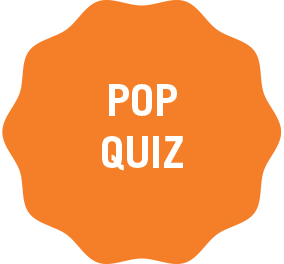
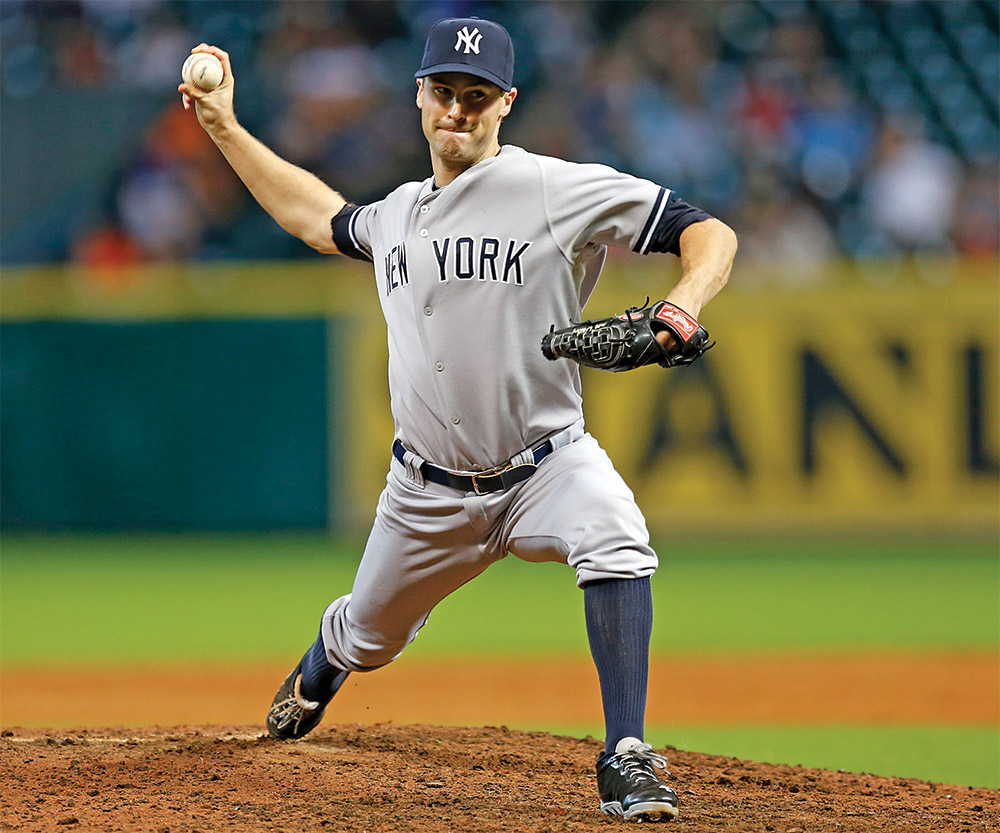
After his five-year Major League Baseball career ended in 2014, Matt Daley ’04 knew he wanted to stay in the game in some capacity. The former pitcher — he recorded 98 strikeouts in 100 innings with the Colorado Rockies and the New York Yankees — was offered a scouting job with the “Bronx Bombers,” traveling America’s back roads in search of the next great talent. Daley fell in love with the role. Today, he works out of the Yankees’ front office as director of pro scouting.
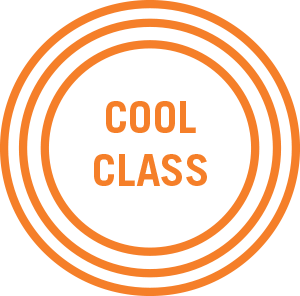

“During their time on campus, Bucknell science majors become experts in communicating science to scientific audiences. But once they graduate, most of the people they will encounter — their grandmother, their co-workers, their 4-year-old niece — will not share their scientific backgrounds. I designed my new SciComm course to help students learn how to effectively talk about science with these audiences.
There’s nothing like a pandemic to disrupt a record- setting amateur golf career. Chris Tanabe ’21 can attest to that.
Tanabe was building his reputation as an elite collegiate golfer when the COVID-19 outbreak in March forced the cancellation of Bucknell’s season. In February at the Loyola Invitational in Arizona, Tanabe helped the Bison break the team 54-hole scoring record with an 858 (six below par). At the Dartmouth Invitational, he finished with a school-record nine-under 133 for 36 holes.
The team was practicing during spring break in West Palm Beach, Fla., when they learned the season — after just two tournaments — was over.

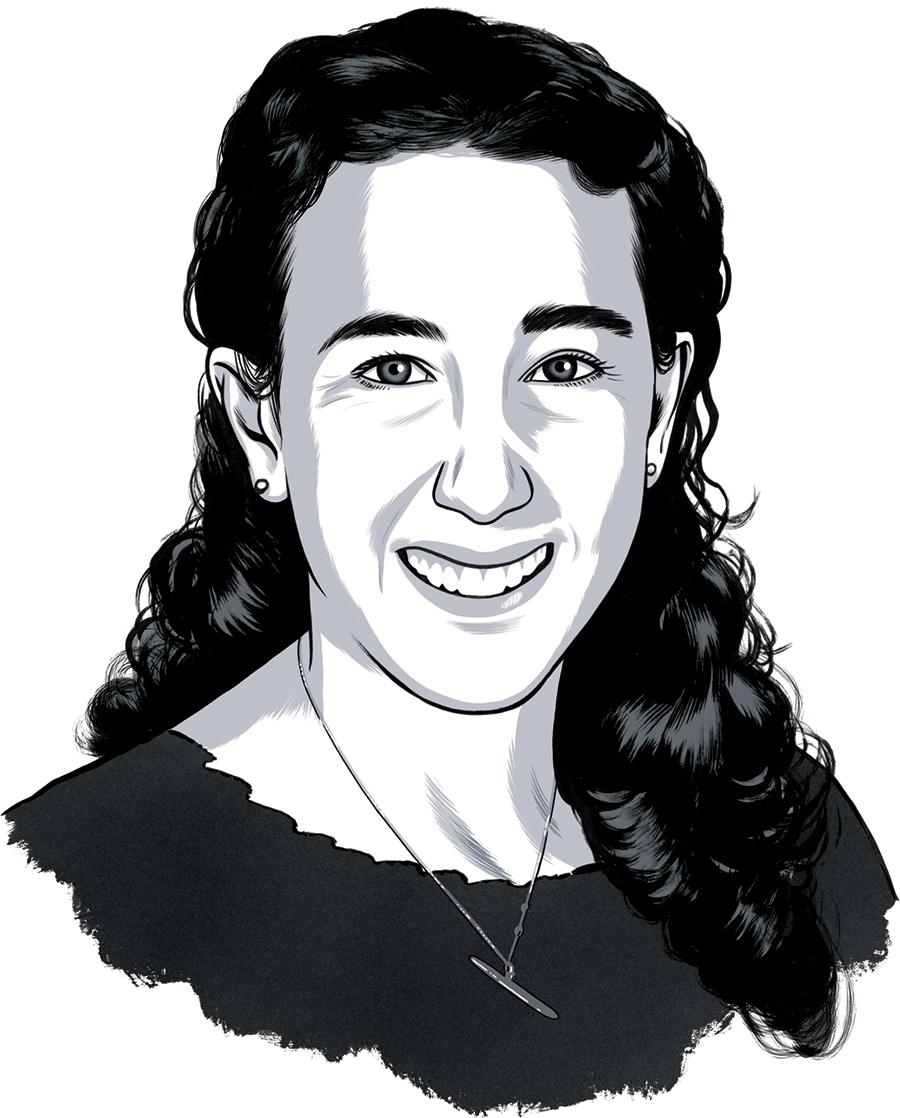
 Even before the outbreak of the coronavirus forced most companies to operate remotely, many employers used videoconferencing to complete initial candidate screenings. Some even used Skype, Zoom or Google Hangouts to conduct mid- to late-round interviews with applicants from around the world.
Even before the outbreak of the coronavirus forced most companies to operate remotely, many employers used videoconferencing to complete initial candidate screenings. Some even used Skype, Zoom or Google Hangouts to conduct mid- to late-round interviews with applicants from around the world.
In her role at Bucknell’s Center for Career Advancement, Megan Wolleben helps students prepare for these remote interviews. Her advice can benefit any current or future job-seeker.
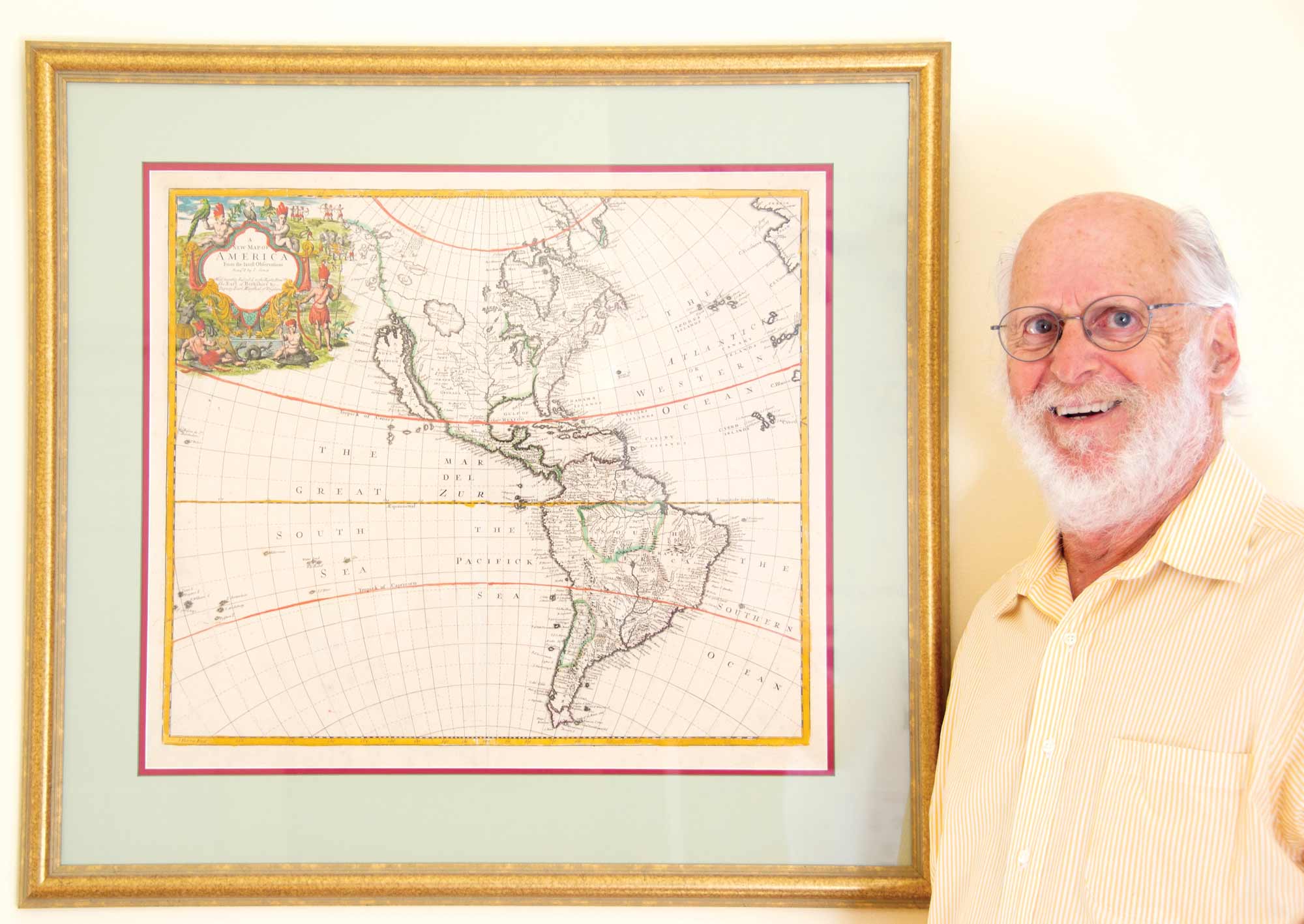

teven Horowitz ’62’s fascination with maps began in the front seat of his father’s car. Growing up in the 1950s, the New York City native often sat up front on long drives through the mountains while vacationing in the Catskills — his parents on either side of him, a roadmap on his lap.
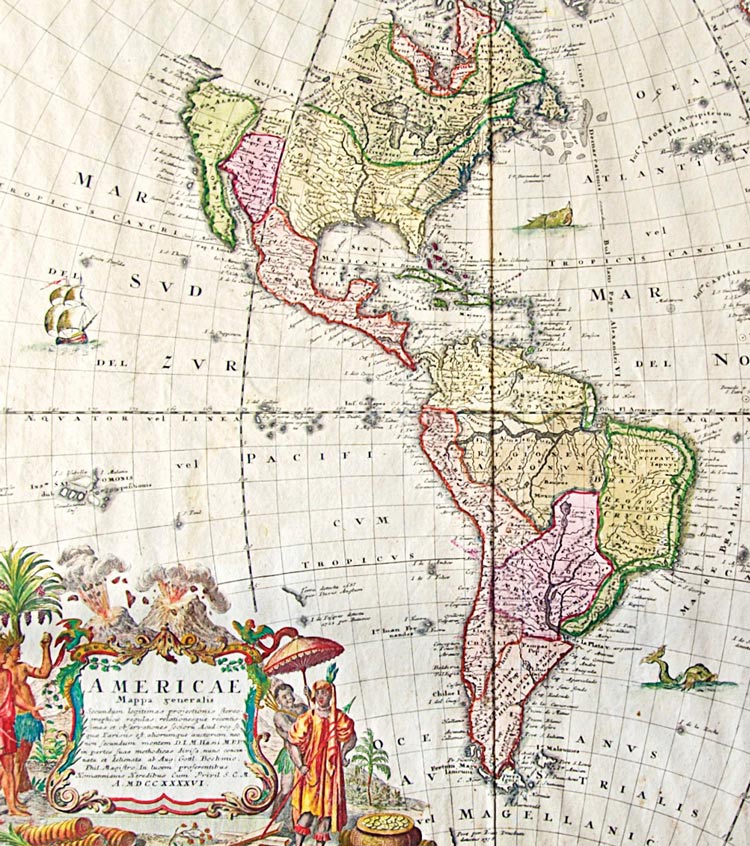


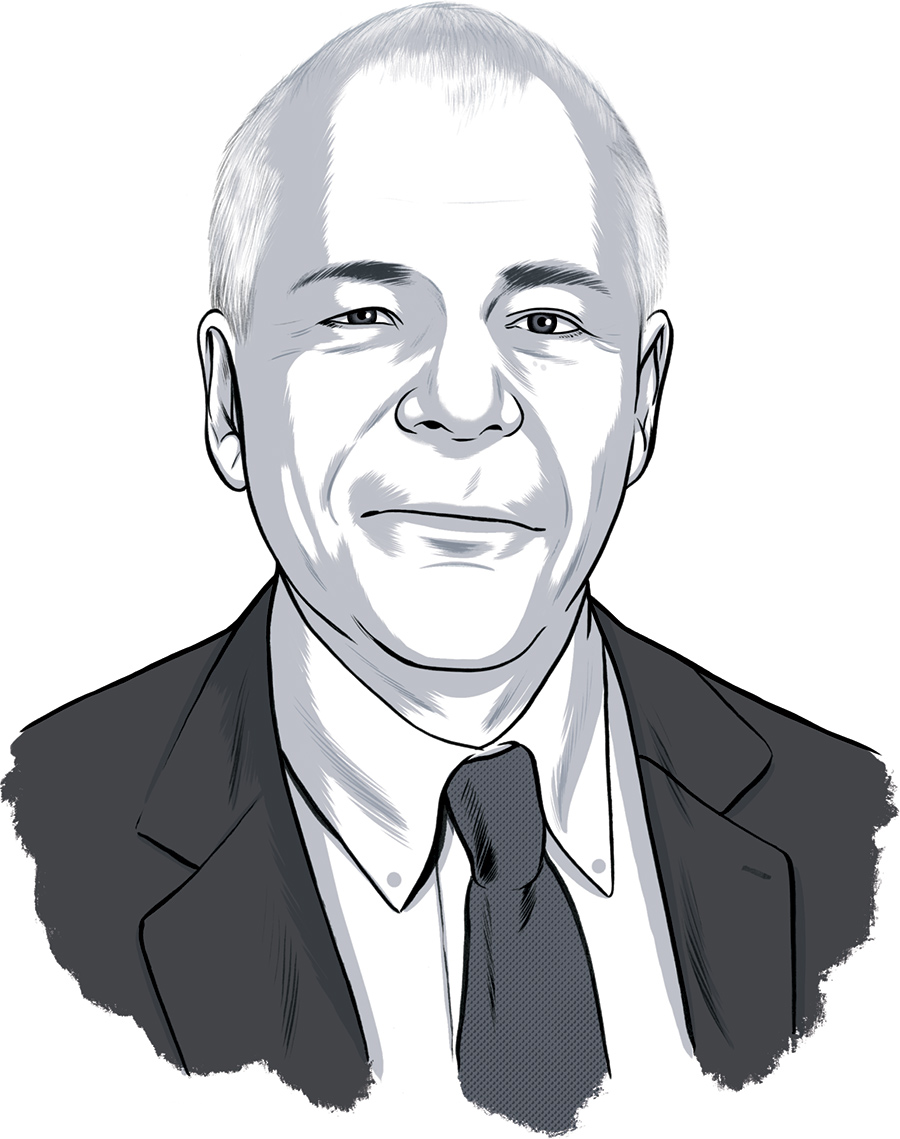
Pandemic
Spring
crux of community continues for Bucknell
illustration by gwen keraval
illustration by gwen keraval
omething about a cherry blossom abhors solitude. From the ancient alleyways of Tokyo’s Sensoji Temple to the banks of the Potomac to Bucknell’s own Malesardi Quad, their audacious pink blossoms draw us from our winter’s seclusion to convene and reconnect beneath their boughs. In late April on Bucknell’s campus, the Kwanzan double cherry blossoms were again in full bloom outside Bertrand Library, but their pageantry was different this year. The revelers were absent, the quad and buildings around them silent.
This was a different spring for Bucknellians, as it was for everyone else. All but a fraction of students had left campus, and employees and alumni were staying away too, in efforts to protect one another. All have suffered; some much more than others. But alongside the pain of physical absence there was also hope, community and creativity that shone through. Working through these unprecedented challenges together but apart, the University community — students, professors, alumni alike — awaited the day when it could reunite beneath those stunning fuchsia blooms, as different and changed people, perhaps, but maybe closer than before.
The Civil War came to Pennsylvania in June 1863 when Gen. Robert E. Lee and the Confederate Army approached Gettysburg. At the University at Lewisburg, which became Bucknell in 1886, classes were still in session. Students stopped what they were doing to prepare to fight — 36 joined in.
Classes were suspended for six weeks, though the Female Institute and the Academy (a separate program that educated younger male students) remained open. Once the danger subsided, the men returned to Lewisburg, just in time for Commencement on July 30, 1863. While ceremony attendance was lower than usual, one observer said it “will ever be regarded as one of the very noblest in the history of the institution.”
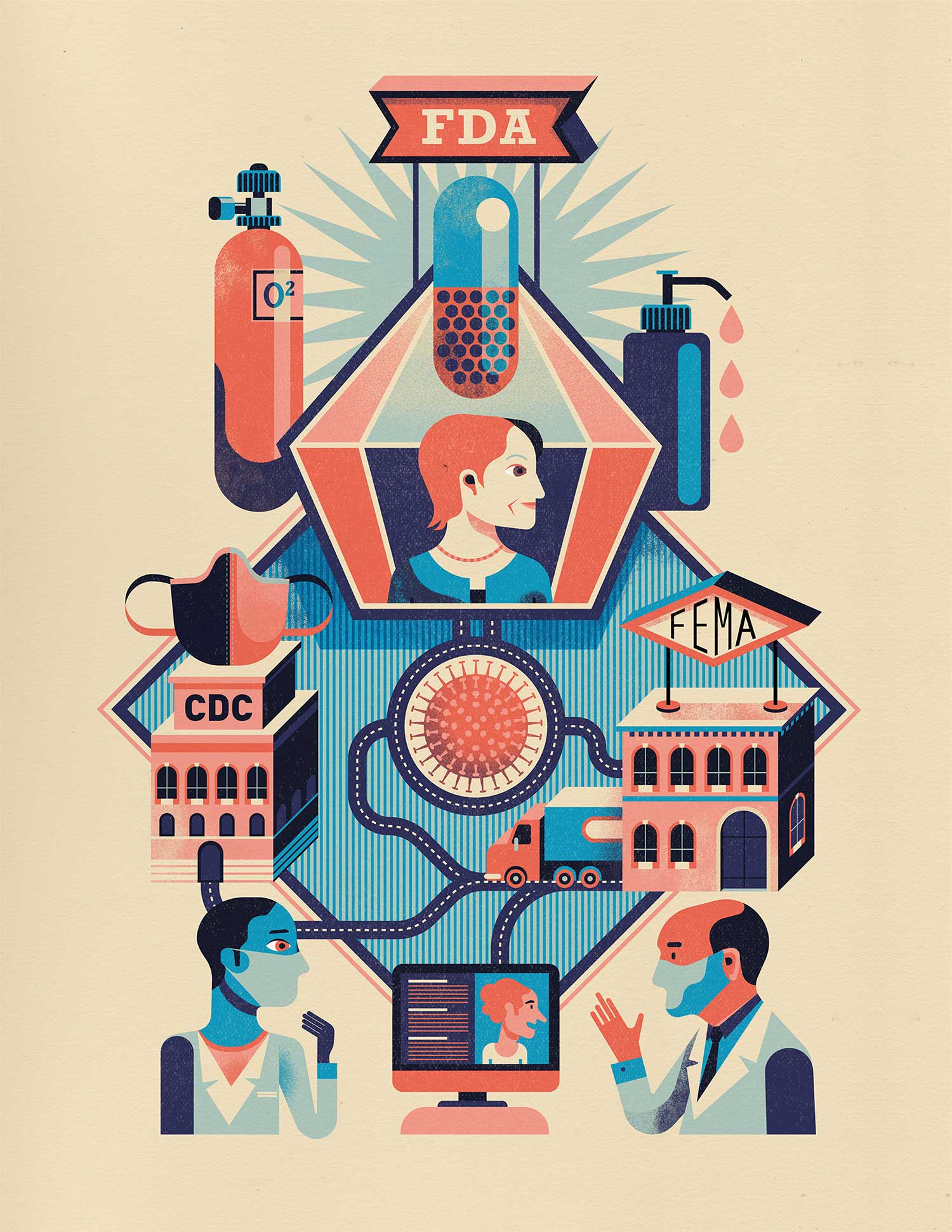
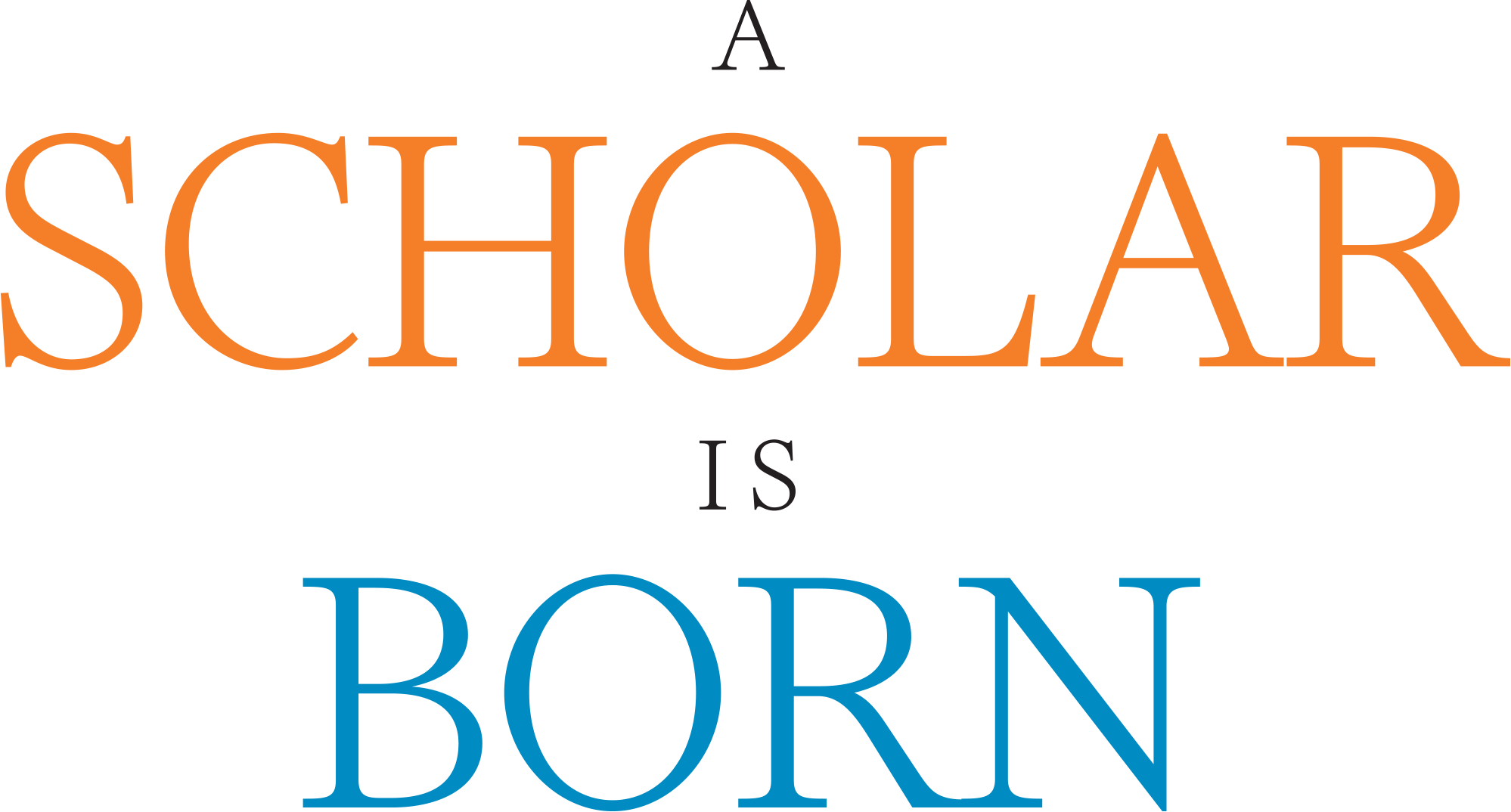
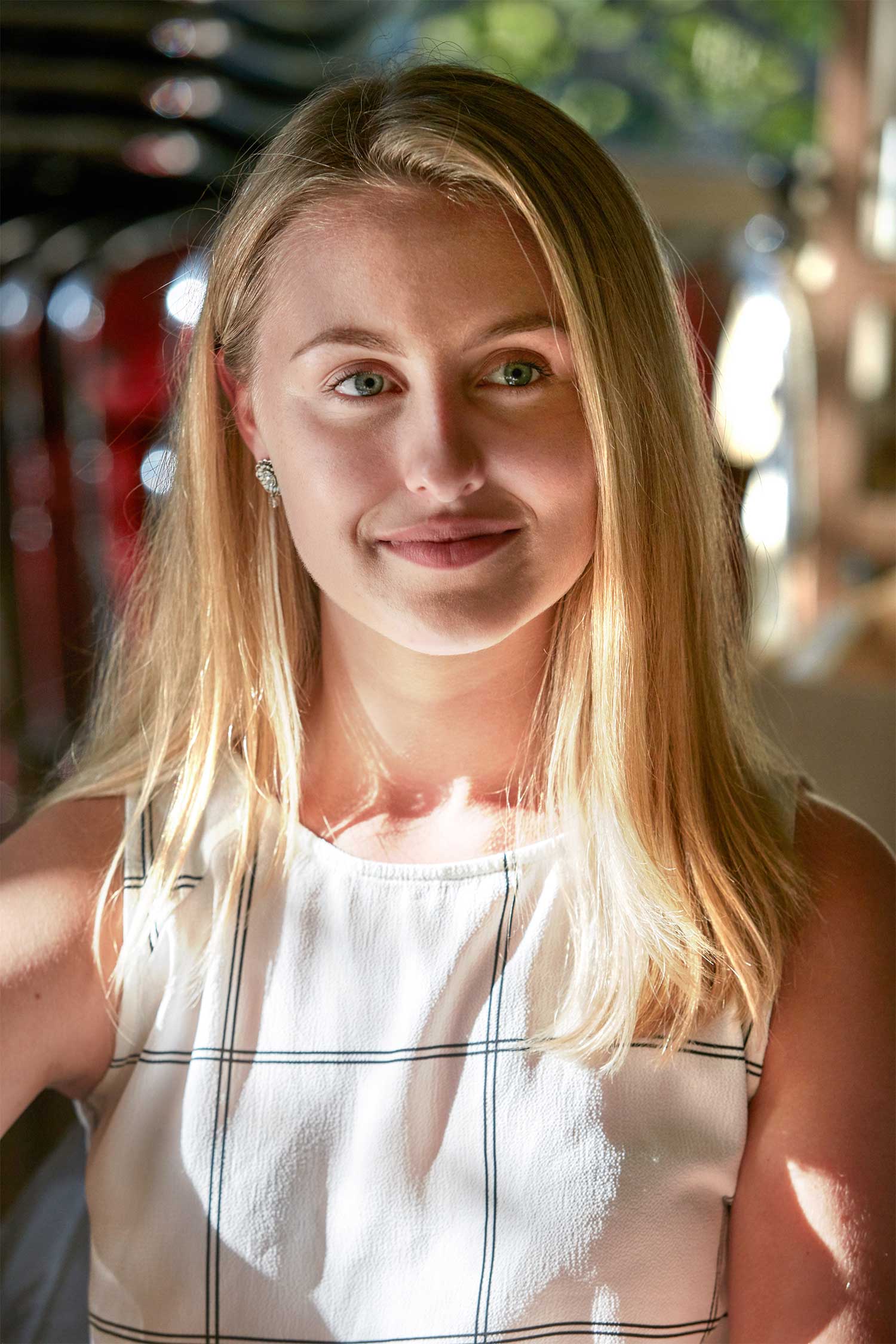


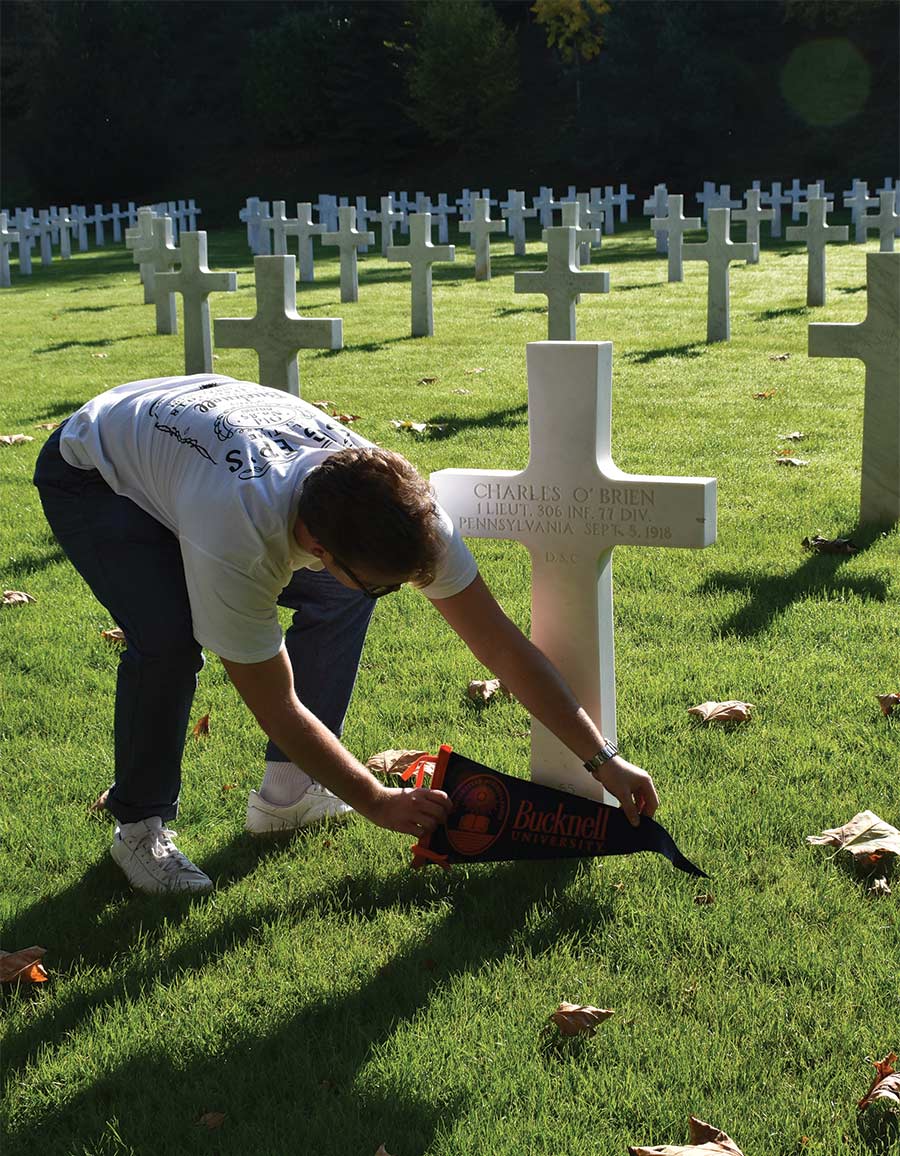
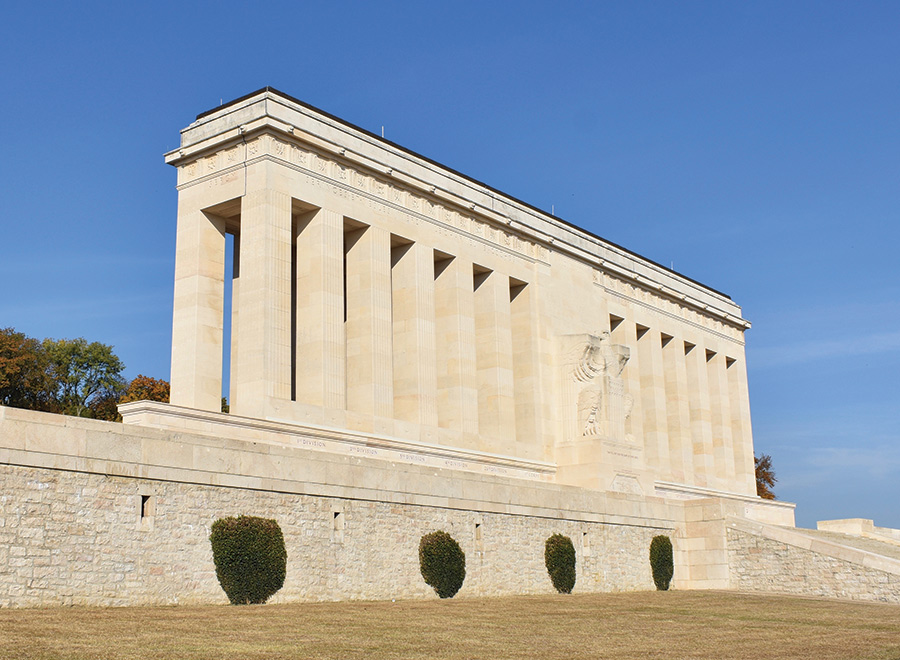
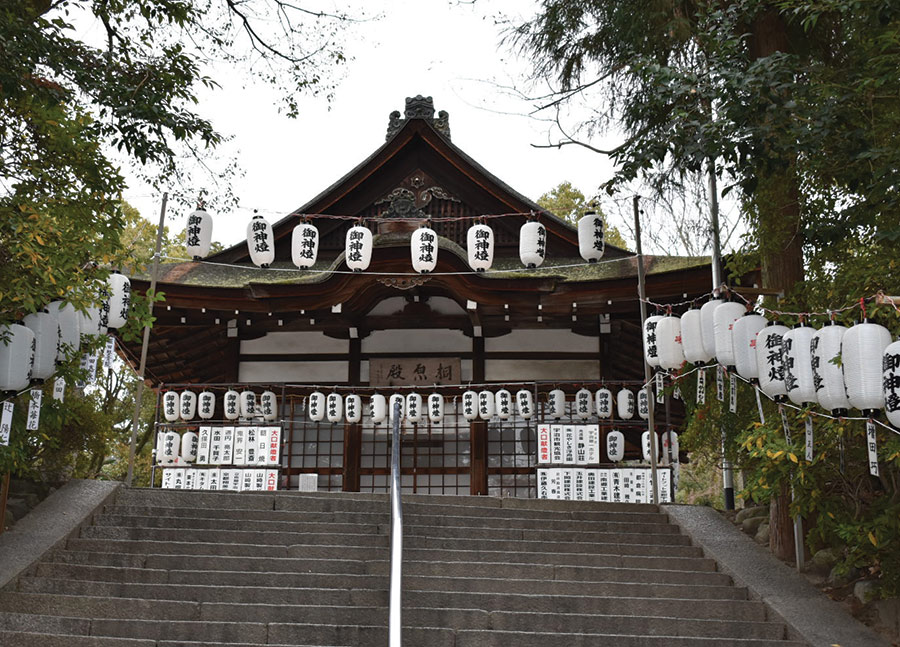
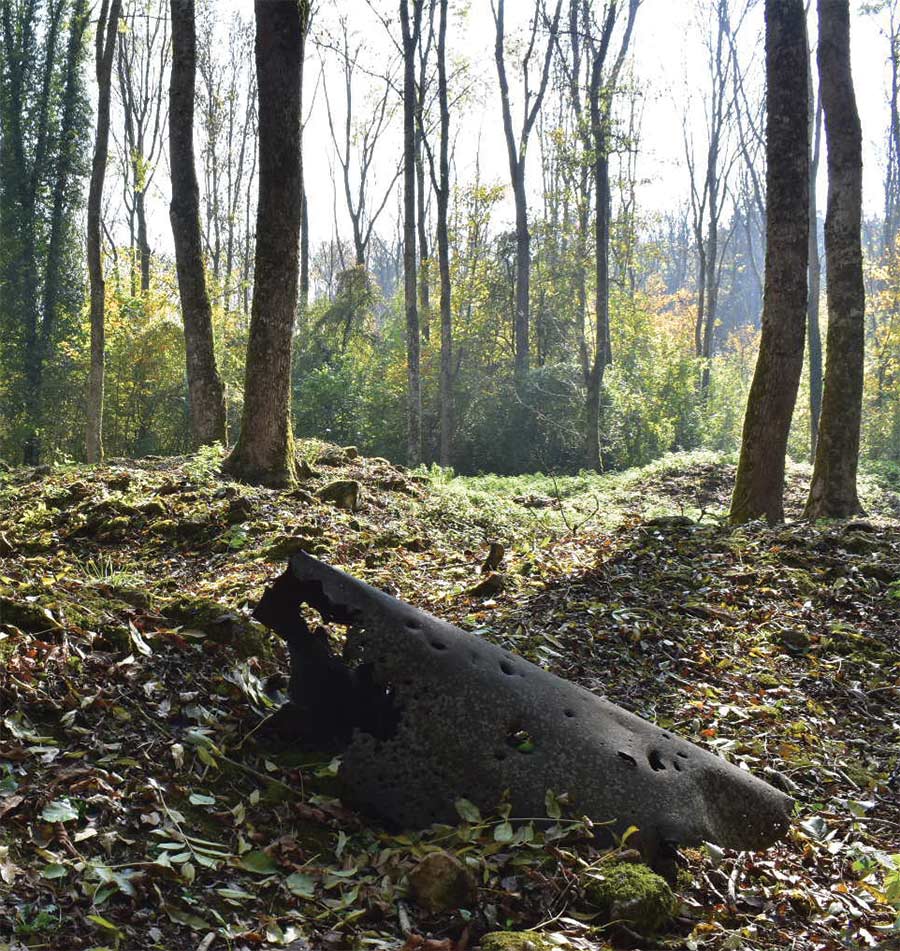
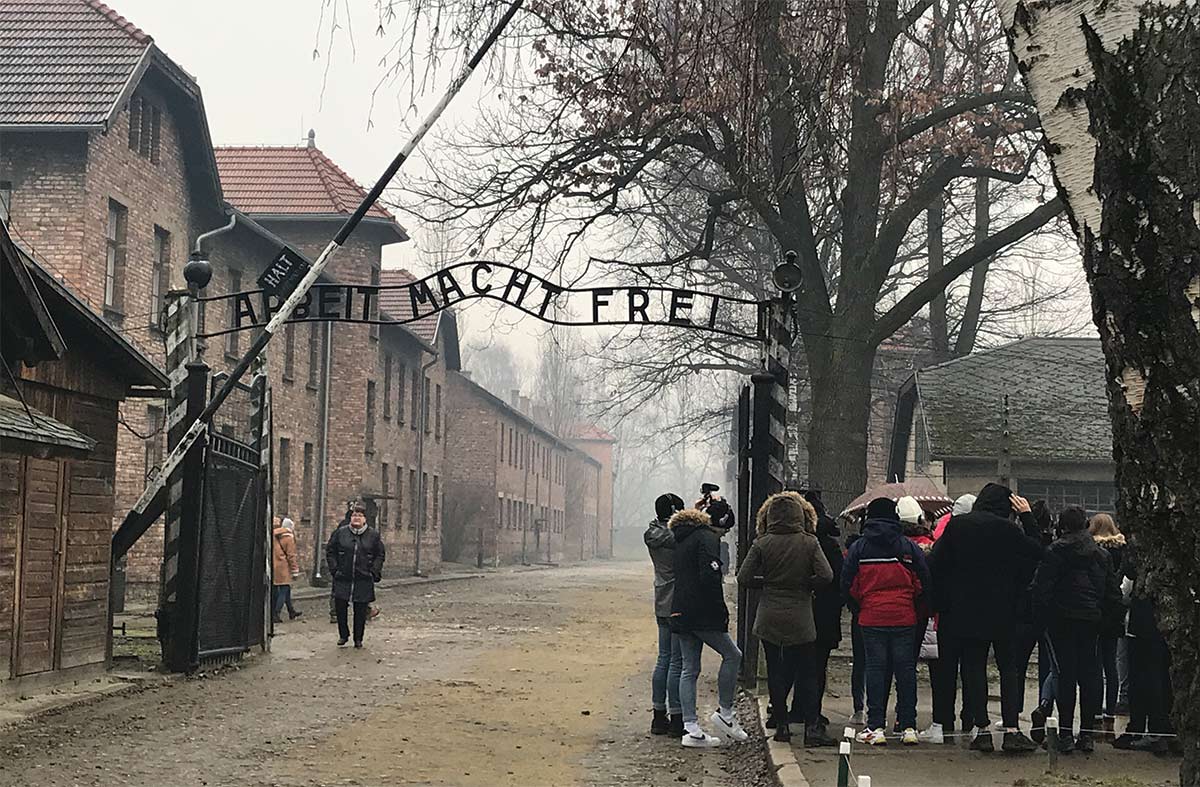


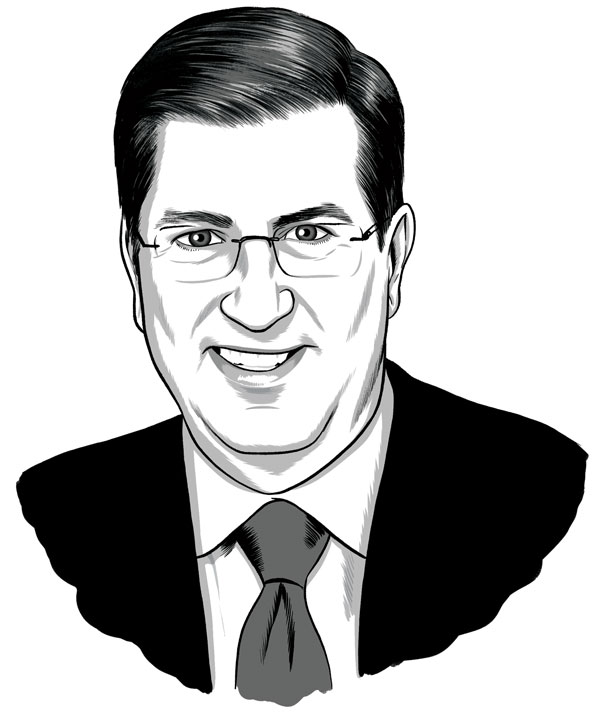
Higher education was grappling with unsustainable financial models and shifting demographics long before the virus emerged. The global outbreak of COVID-19 has dramatically accelerated a looming crisis, threatening the safety of students and the delivery of education. Every institution, including Bucknell, is dealing with unprecedented challenges in the face of the unknown. Many of those challenges will be fiscal in nature.
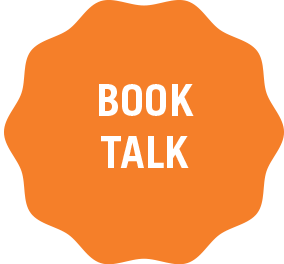
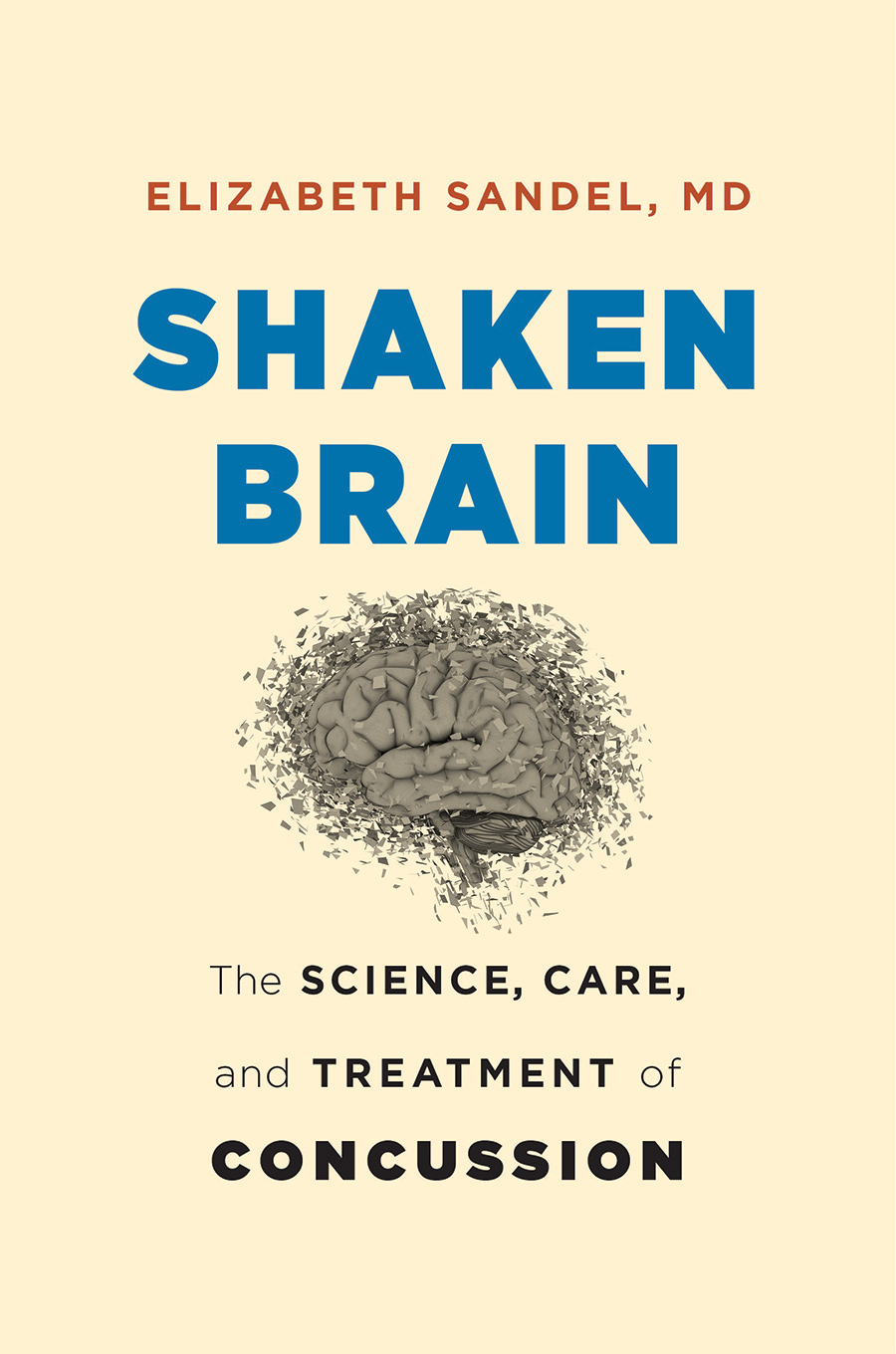
As author and physician Elizabeth Sandel ’71 notes in Shaken Brain, “one-quarter of Americans reported having a concussion at some point in their lives, and close to 30% [of those injured] said they have suffered from long-term effects, most commonly headaches.”

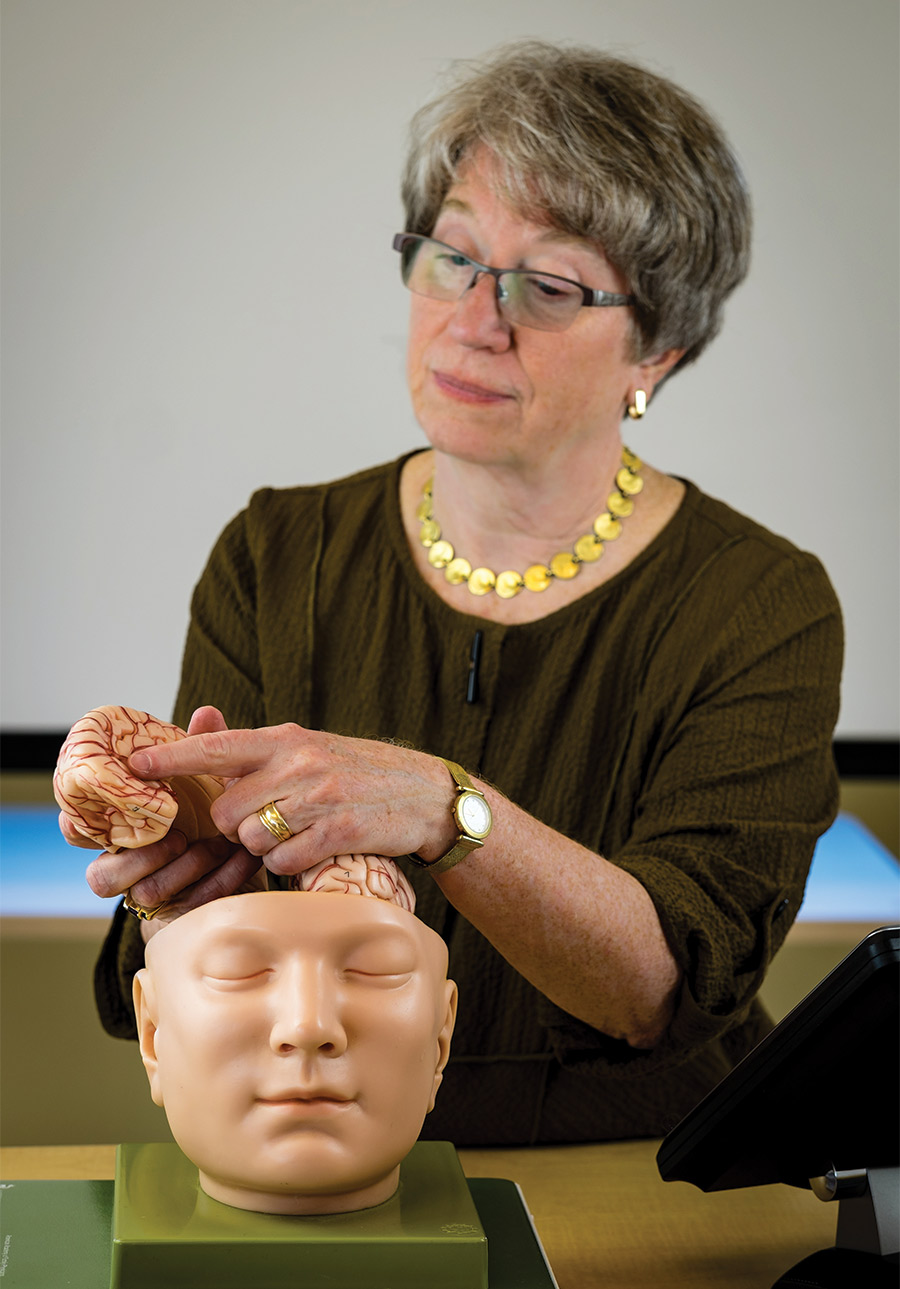

COVID-19 has changed life for all of us, and whether you are on the front lines or staying home, it has brought a new level of uncertainty and fear to daily life. We may feel hopeless or helpless at times, but how we view and react to our circumstances is always our choice. I am grateful to have Bucknell friends who always try to find solutions and remain positive rather than focusing on things that are out of their control. During the pandemic, some alumnae friends and I chose to serve our communities by each starting a Front Line Appreciation Group (FLAG) initiative, which bring meals to the front-line medical community while also supporting local restaurants.
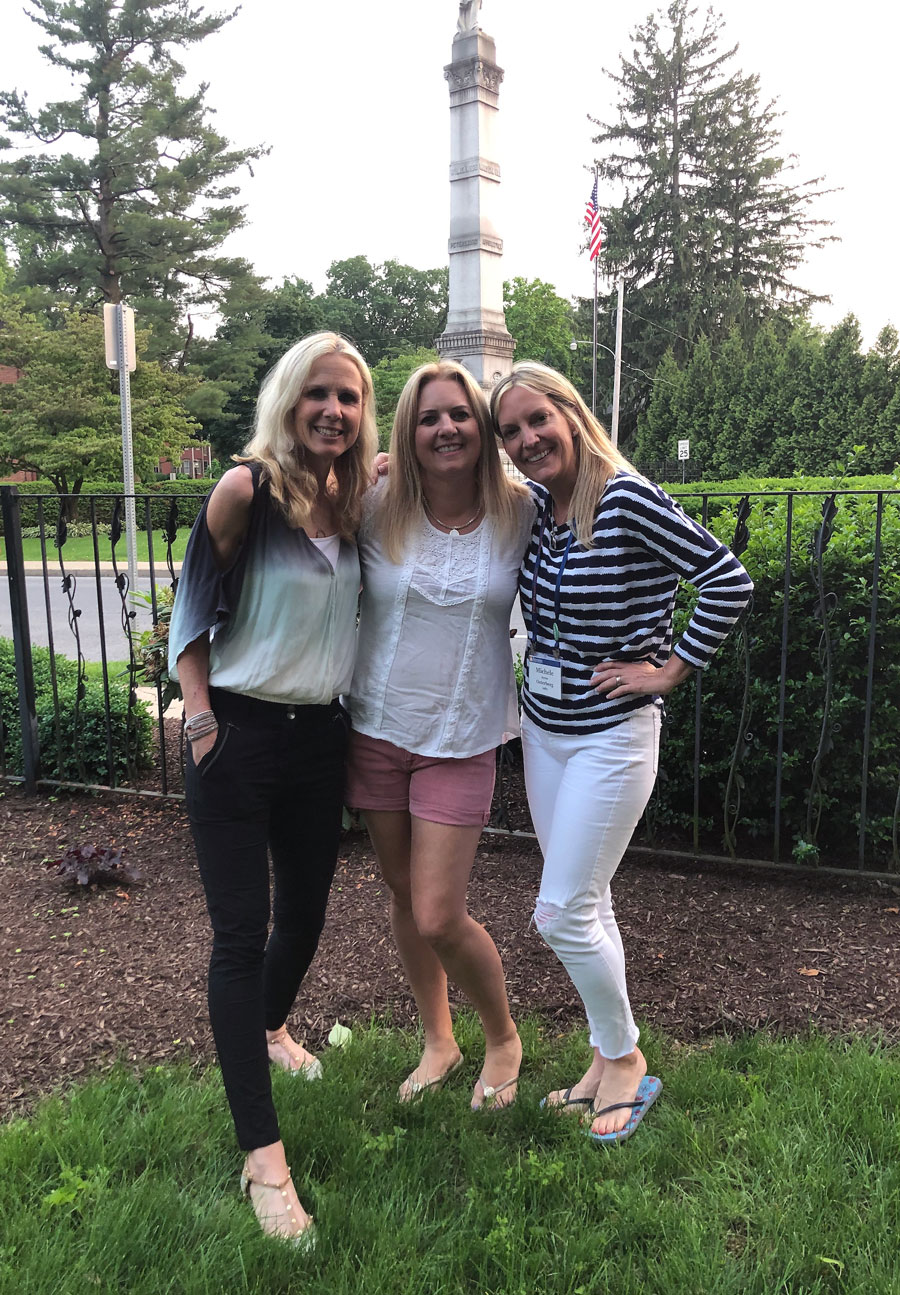

Submit your own photos to Bucknell Magazine by contacting your class reporter or emailing classnotes@bucknell.edu
My main job after Bucknell was with IBM, where I worked for 36 years, sometimes traveling the world, including living and working in China for a decade. When I started in 1981, IBM, like many major corporations back then, gave employees extensive training for a year. I joked that they hired me as a Bucknell engineer not because of my engineering knowhow, but because the degree proved I possessed the nose-to-the-grindstone attitude they wanted on their team. Being a Bucknell electrical engineer taught me problem-solving: how to identify key questions, prioritize approaches to solutions and work hard to implement those solutions.
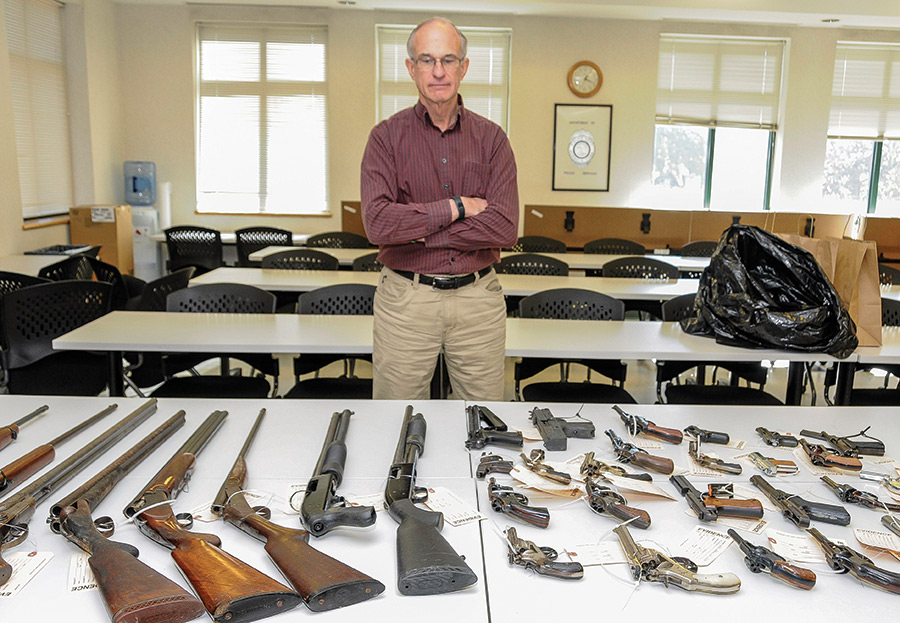
When he began making drawings years ago to help his toddler son learn the basics of chemistry, Gerald Bauldock ’79 didn’t imagine where those sketches would lead him. “When I began creating my own illustrations, I quickly realized I had stumbled onto something wholly original,” he reflects.
What began as a home project for the Bucknell chemical engineering major has blossomed into Kids for Chemistry, a series of educational books designed to teach young children chemistry fundamentals. The first book, self-published in December, is based on Bauldock’s patented renderings of periodic elements as atoms. Unlike the diagrams typically featured in textbooks, Bauldock says his depictions can help children as young as 10 understand complex concepts, such as orbitals and electrons, that most people don’t encounter until high school.
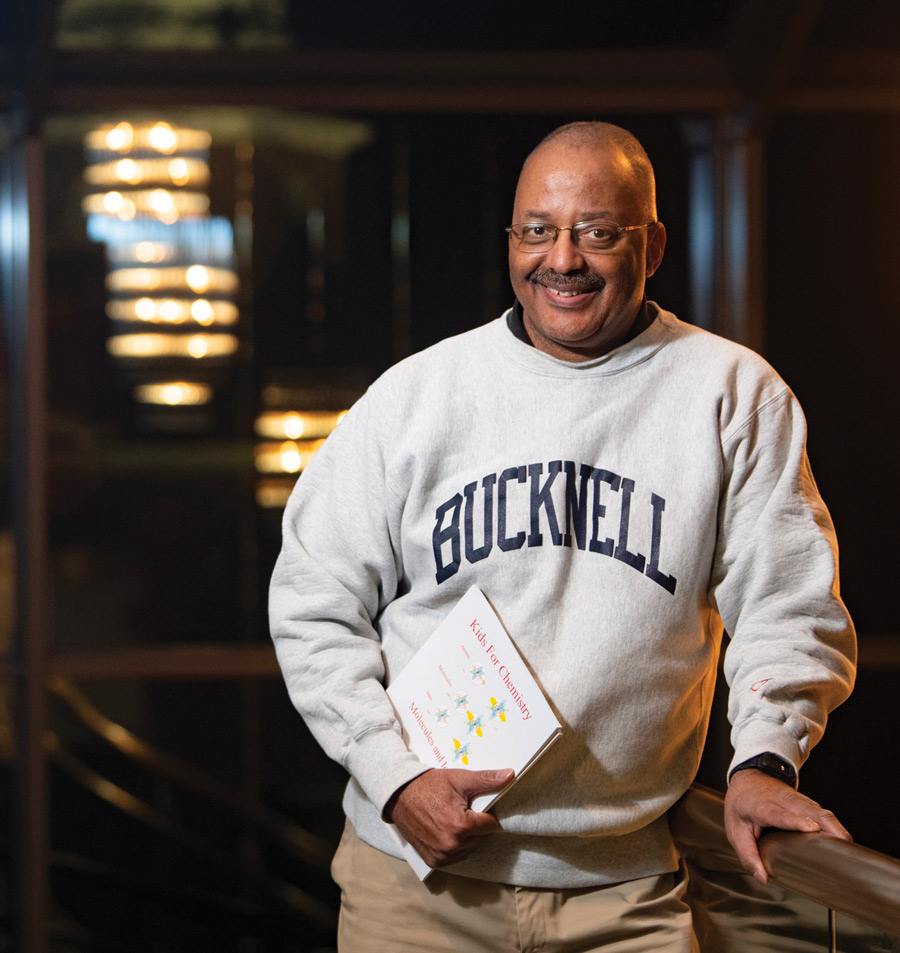
Pete Kadens ’00 believes that to whom much is given, much is expected. The political science major admits that he didn’t find his way to Bucknell by way of intellect or talent alone but, in large part, because of the opportunities he was afforded. Now, as a businessman who retired after founding three highly profitable companies in the sales, solar and legal marijuana industries, Kadens feels a responsibility to pay his success forward.
In January, Kadens visited a high school in his hometown, Toledo, Ohio, pledging to pay full college tuition, room and board, book fees and other costs for 108 seniors. He also promised to fund one parent of each Scott High School student to attend college or trade school. It’s a donation that will total approximately $3 million.
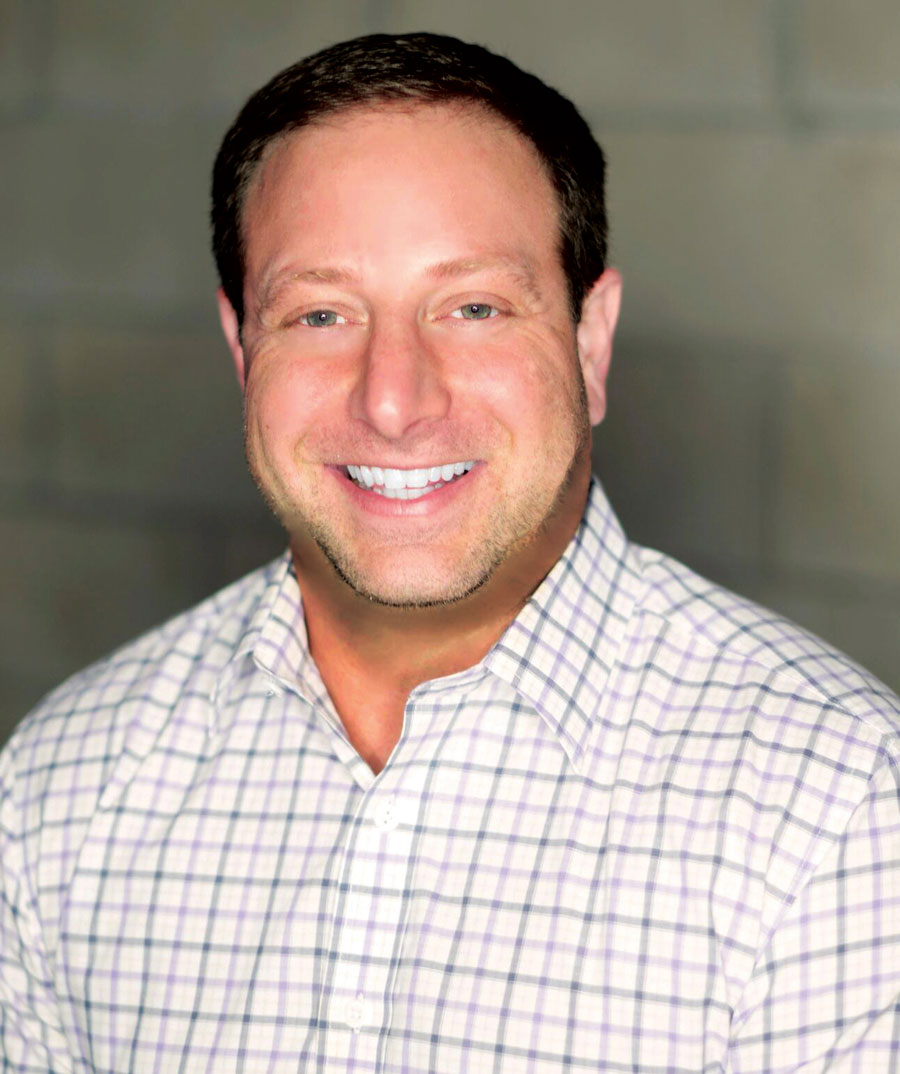

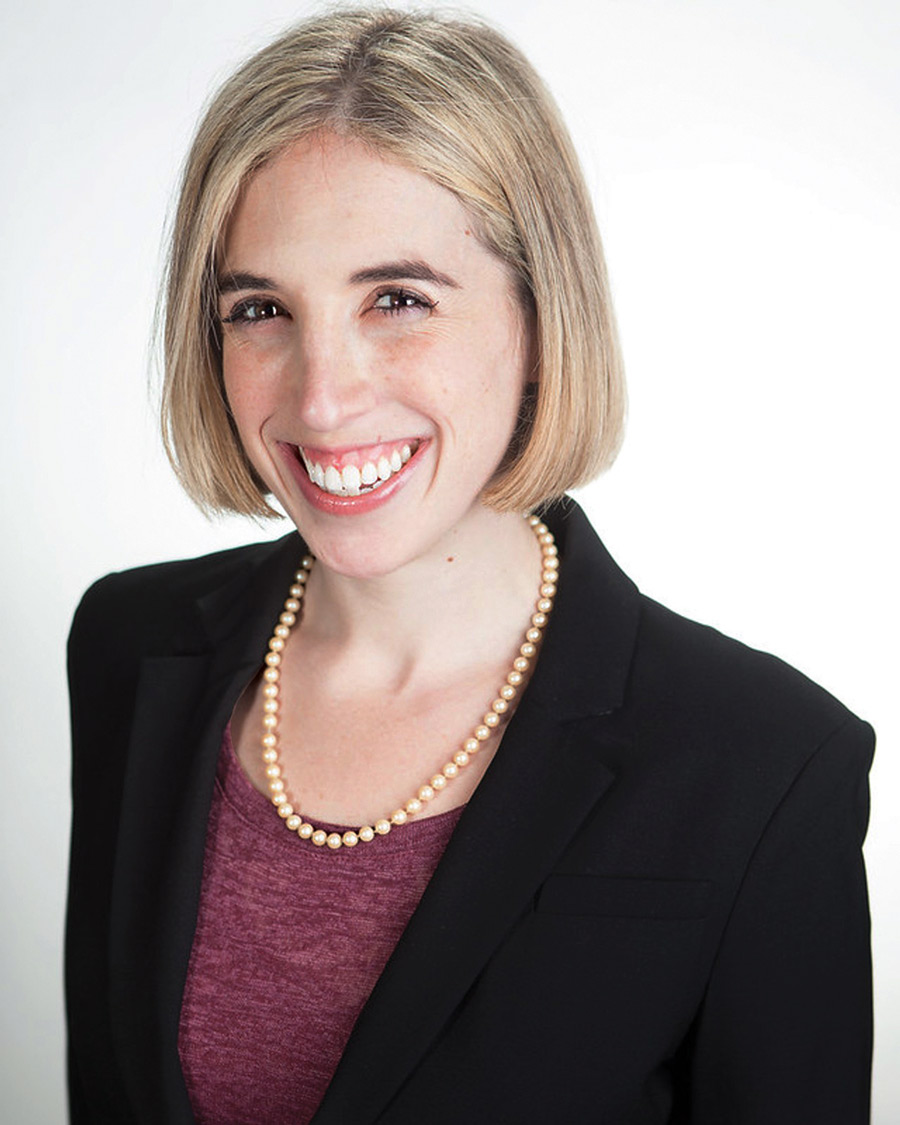
John Abdou M’09, chief high performance officer at USA Water Polo, describes the sport as a combination of basketball and swimming — except you can’t dribble in a pool.
For the uninitiated, water polo is a game where players try to throw a ball into the opposing team’s floating goal, passing the ball back and forth and jockeying for position in the water as they go. USA Water Polo, the nation’s governing body for the sport, prepares teams for international competitions, including the Olympics.
Abdou, a member of his high school’s basketball and swim teams, played water polo one summer, and “I was forever hooked,” he says. “The sport combined lots of things I loved — being outside, being in a pool, being on a team and playing something similar to basketball.”
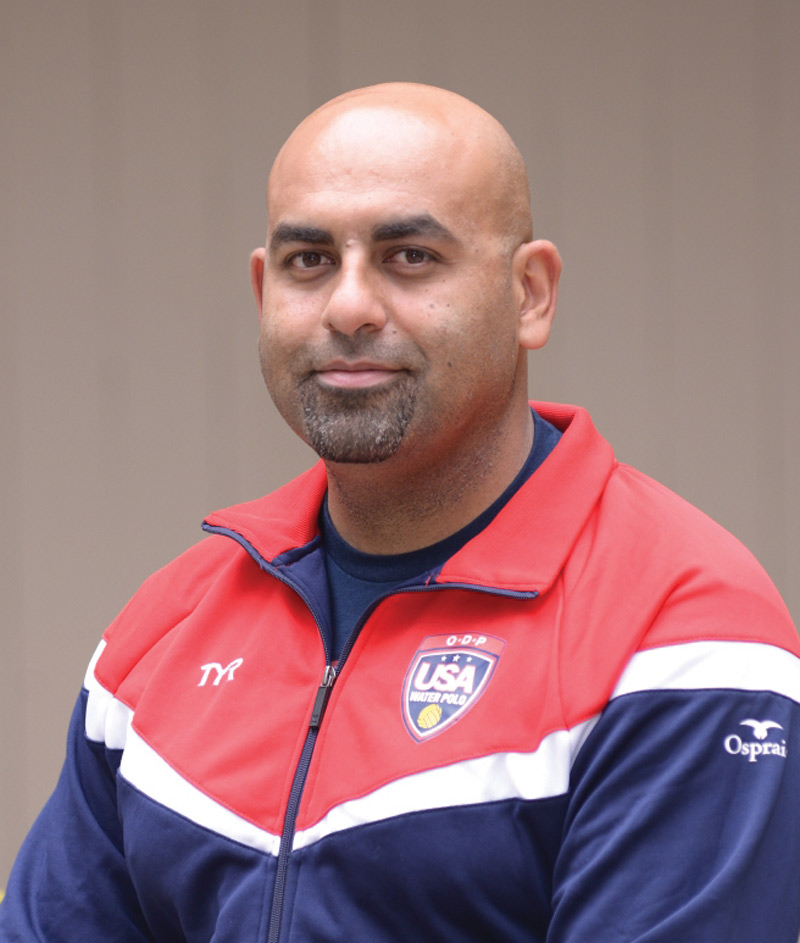
At her first job after Bucknell, with Boeing, Christina Sfedu ’12 worked on a satellite that was launched into space on a rocket. Now with the space transportation company SpaceX, she’s helping launch that same rocket into space herself. It might sound like fate, but Sfedu admits her choice to work for Boeing in Los Angeles was based on a whim: “I picked it based on location,” she says with a laugh.
At Boeing, Sfedu was a lead telemetry and command systems engineer, designing the system that allows operators on the ground to talk to a satellite while it orbits around the Earth.
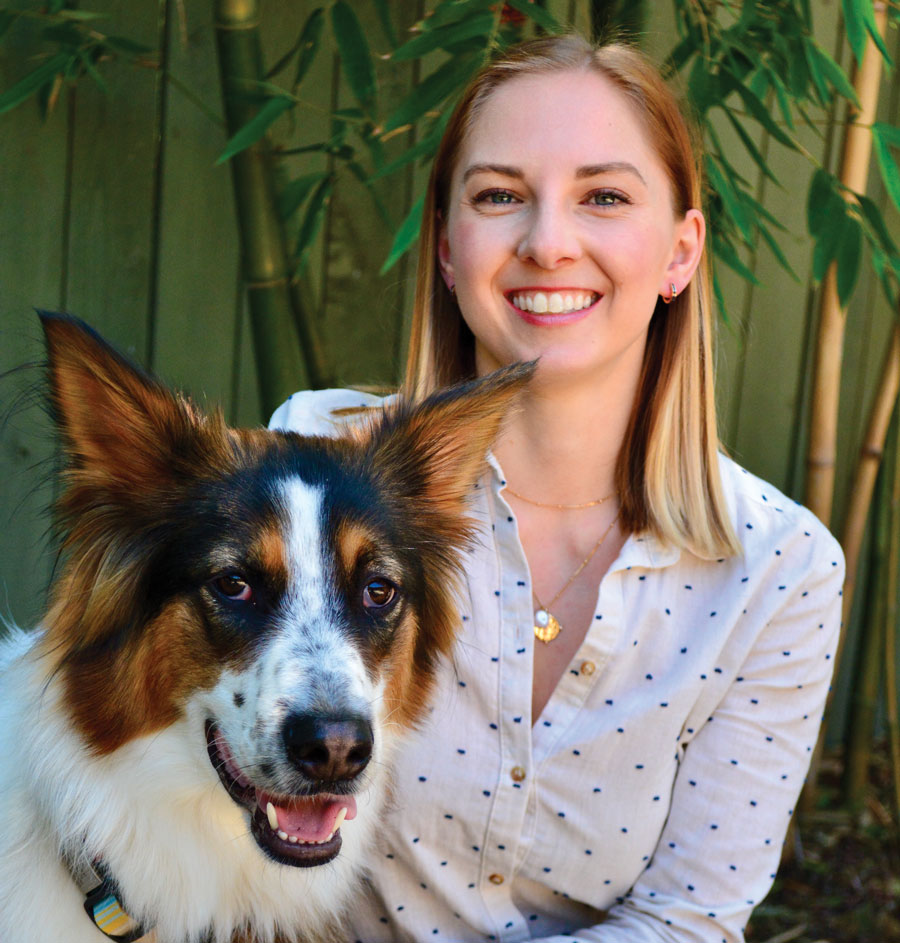

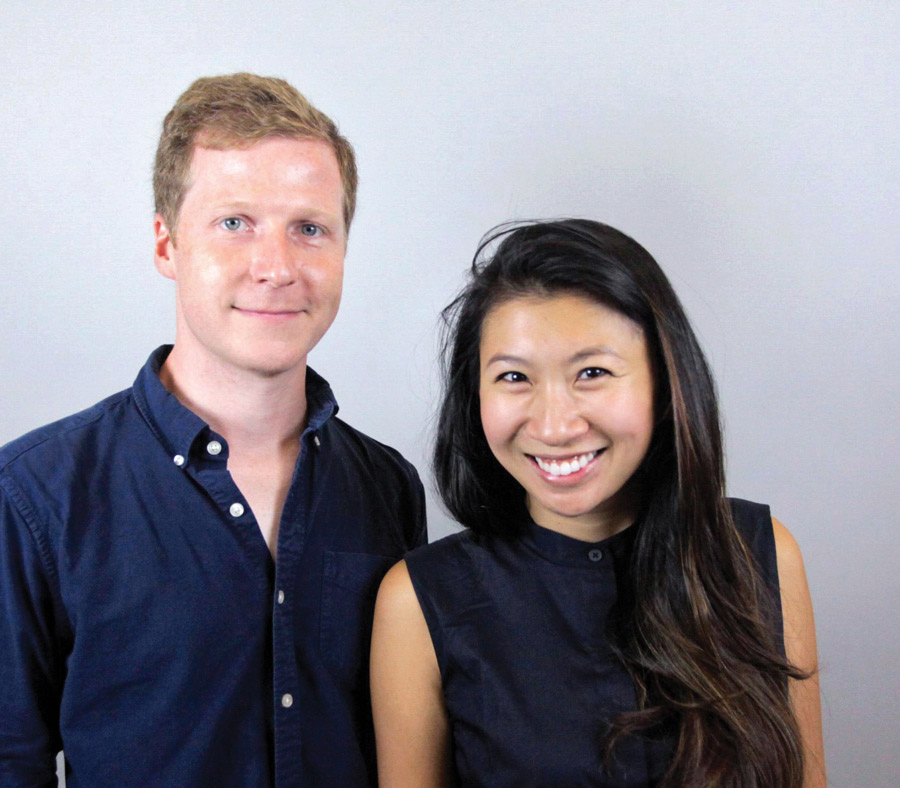
Now the economics and art history major is drawing on her experience to guide the creation of Gesso, a mobile platform that features site-specific podcasts and audio guides to museums and cultural institutions, and innovative walking tours around New York City. Wang co-founded the company with her spouse, Michael Reynolds ’06, and friend Demetrio Filocamo. The team launched the app in spring 2019, and their business continues to evolve.
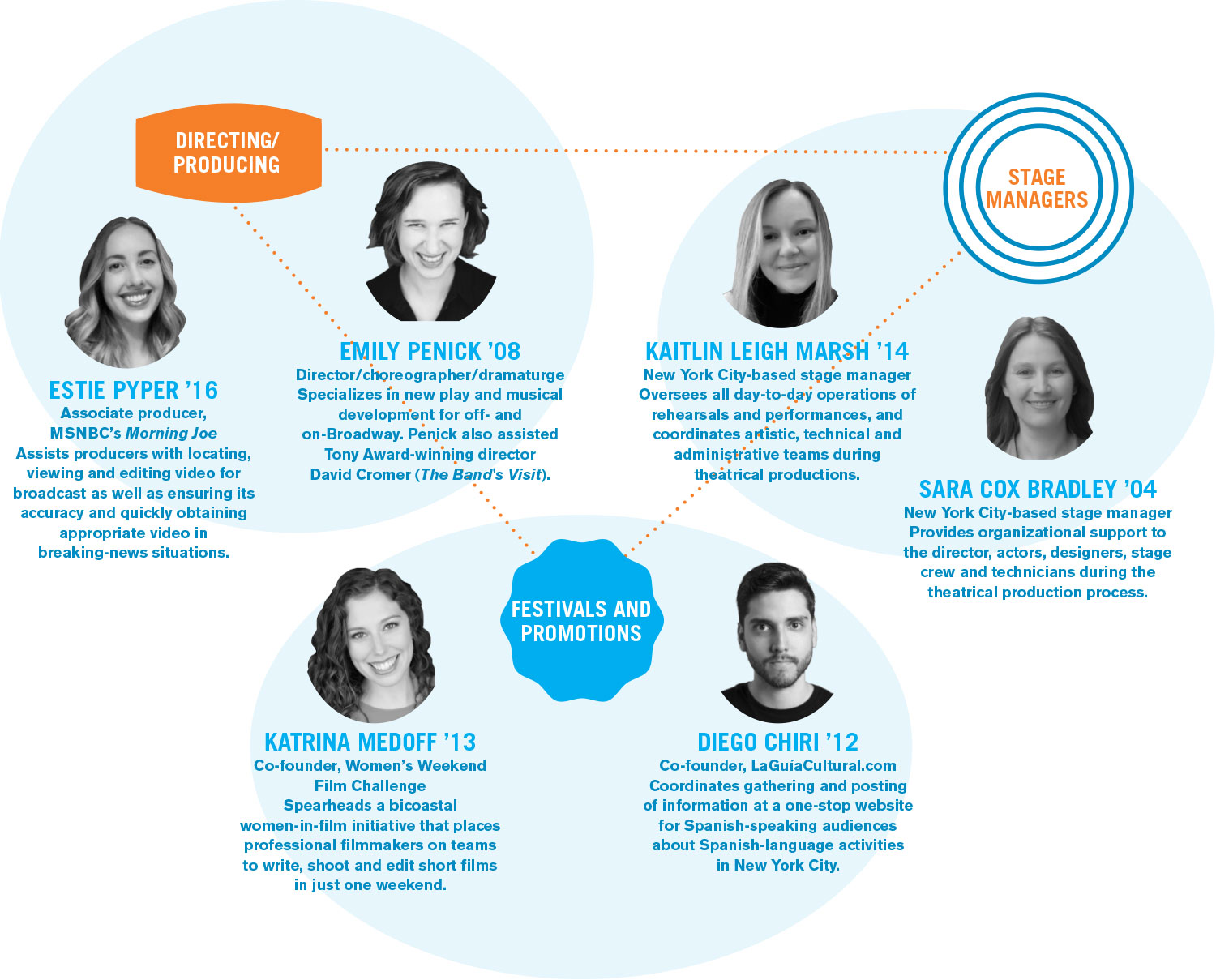
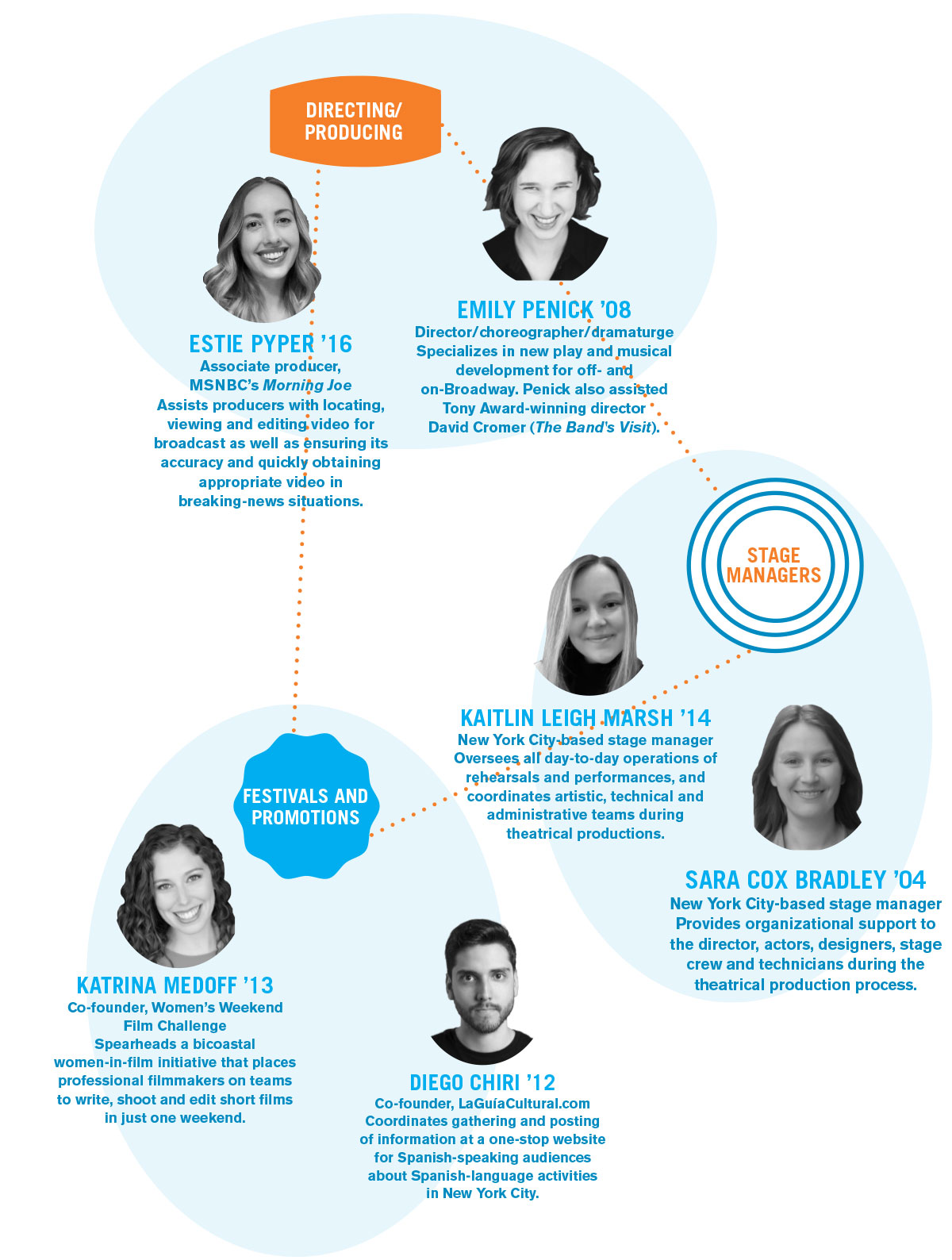
Today, Artis keeps her love for numbers and the arts alive as a finance operations business partner with Netflix, where she tracks film costs and streamlines publicity spending for the leading streaming entertainment service.
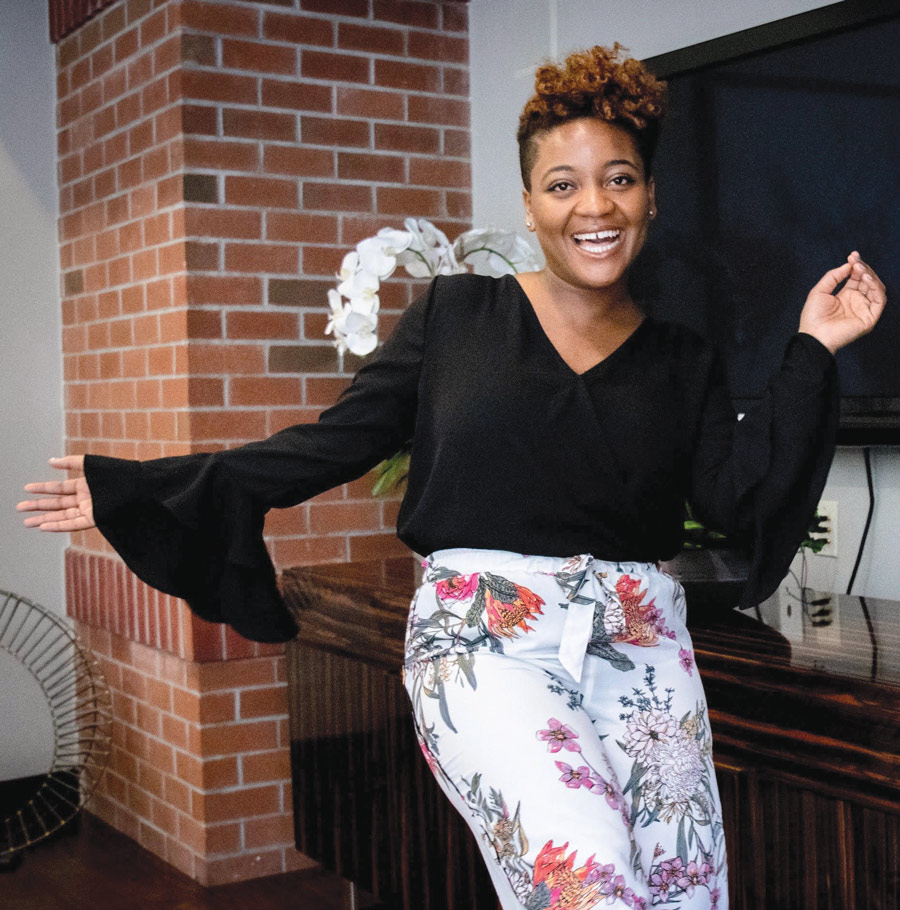
Leslie Whitney P’68, P’70, P’77, Jan. 11, Glen Mills, Pa.
Bob Guempel P’76, P’92, G’06, G’09, G’13, Jan. 31, Point Pleasant, N.J.
Ernie Simon, Jan. 28, Boynton Beach, Fla.
Helen Busing Skove, Aug. 30, New Smyrna Beach, Fla.
Madelyn Businell Gloisten P’83, P’84, Dec. 27, 2011, Setauket, N.Y.
Jacob Wolansky P’80, Jan. 28, Wellington, Fla.
Bill Cole P’80, March 18, Northumberland, Pa.
Steve Doberstein P’79, Feb. 21, Wilmington, Del.
Donald Roberts, Dec. 18, Glen Mills, Pa.
 Keep us posted
Keep us posted
What’s the first thing you’ll do the next time you’re on campus?
FOLLOW US ON FACEBOOK TO SUBMIT YOUR ANSWER
Bucknell built it, and the admitted students and their families have come. Within weeks of launch, the B2B network had grown to more than 2,000 active users per week.
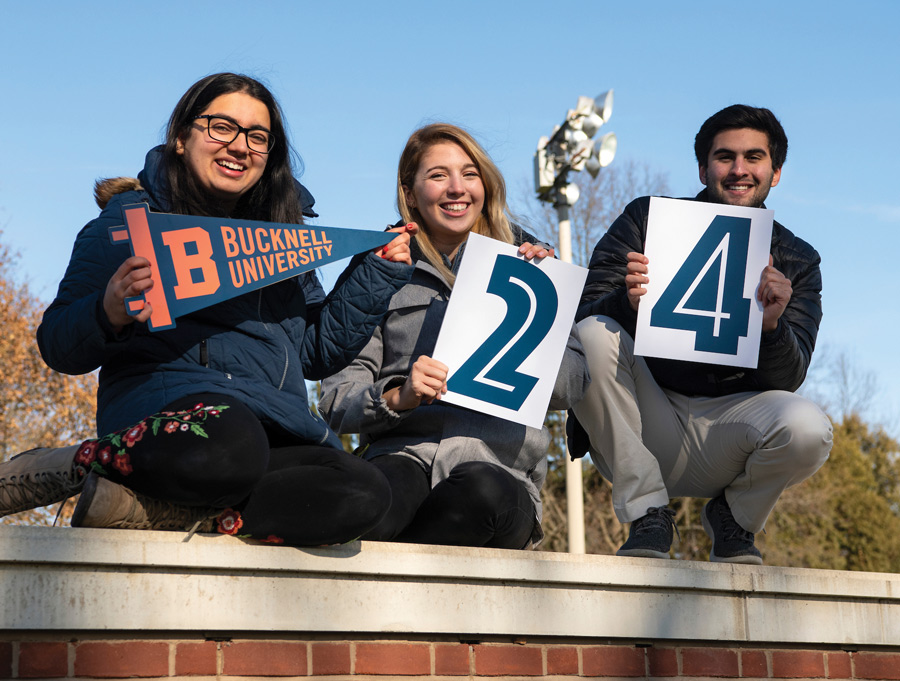
To ensure safety of alumni and friends during the COVID-19 pandemic, the in-person, on-campus Reunion Weekend celebration was canceled. In its place, our Virtual Reunion, May 29–30, brought together about 500 alumni from around the world. Participants spanned class years from 1945 to 2015, including graduation years ending with 0 or 5 and all emeritus classes. Highlights included updates from President John Bravman and the college deans, a campus tour, educational sessions with faculty and alumni experts, articles by alumni celebrating a Reunion year, a service of remembrance and more. Additional special events included live gatherings on Zoom for Reunion volunteers, LGBTQA alumni, Black alumni and Reunion classes celebrating their 5th to 55th years.
Four alumni were recognized for their careers and contributions to Bucknell and society. A committee of current and past Bucknell University Alumni Association Board members, Bucknell Club representatives and previous recipients chose the winners:
- Loyalty to Bucknell: Scott Nichols ’70, P’03
- Outstanding Achievement in a Chosen Profession:
Daniel Atkins III ’65 - Service to Humanity: Ruth Kauffman ’85
- Young Alumni: Molly Burke ’10
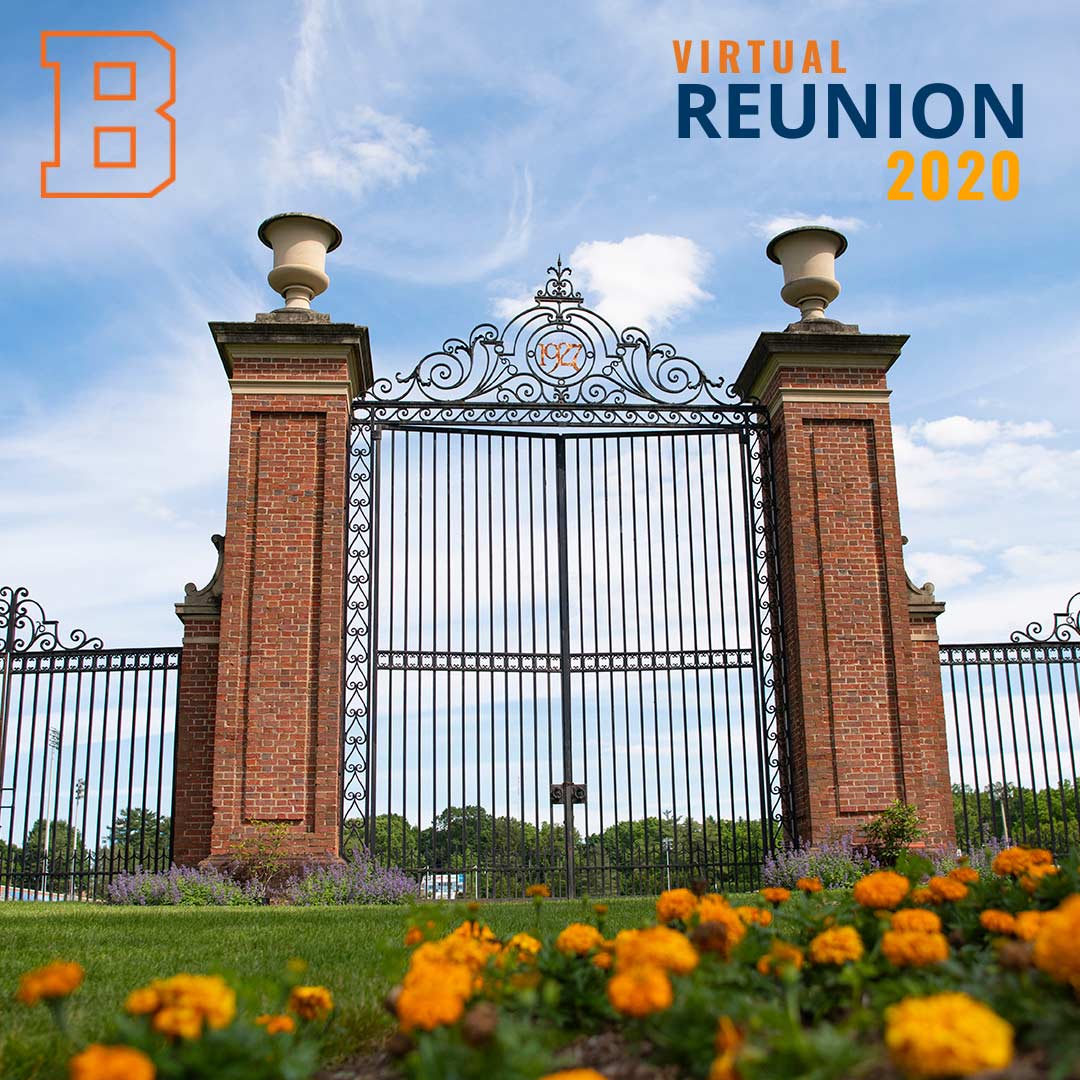

https://web.cvent.com/event/

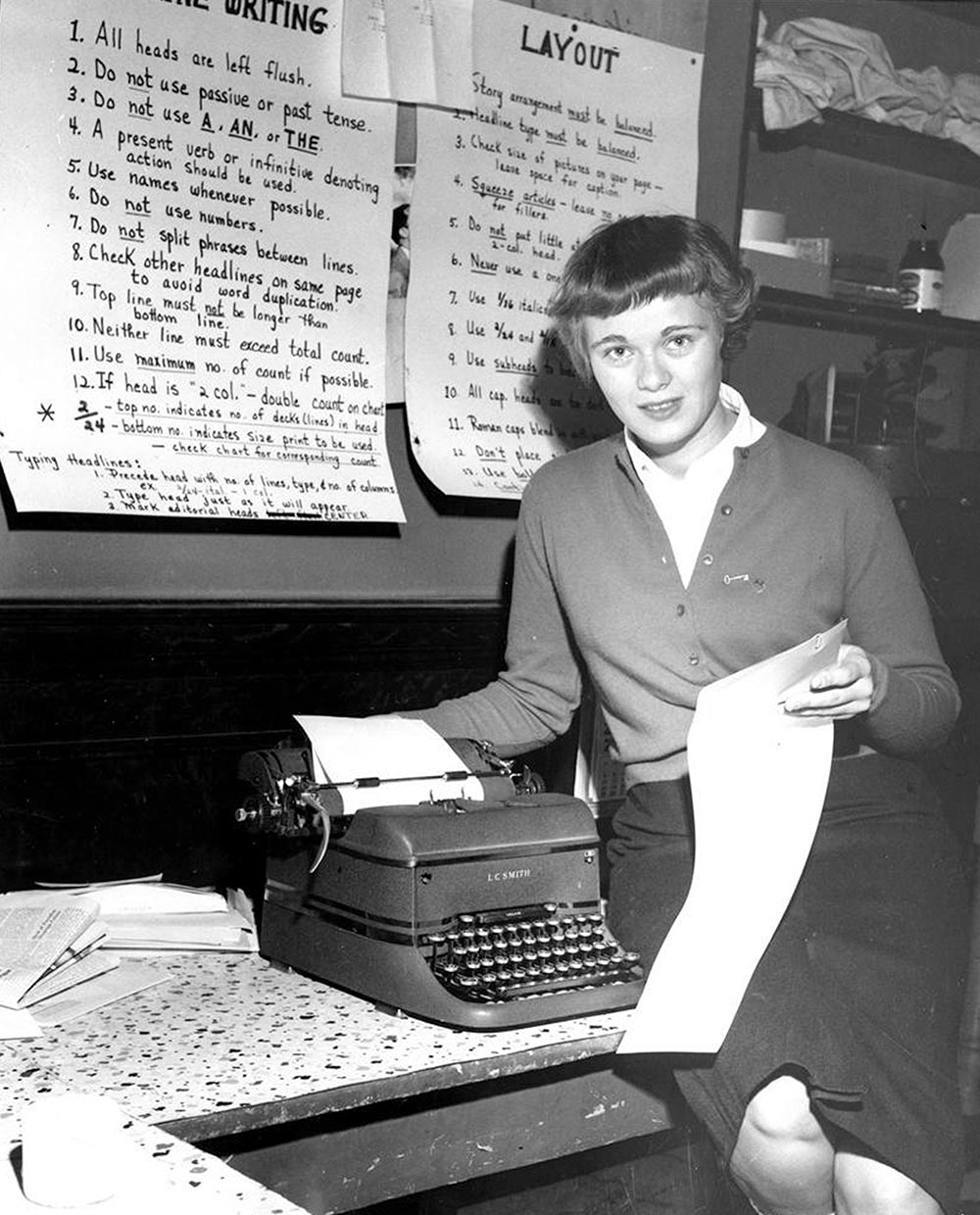

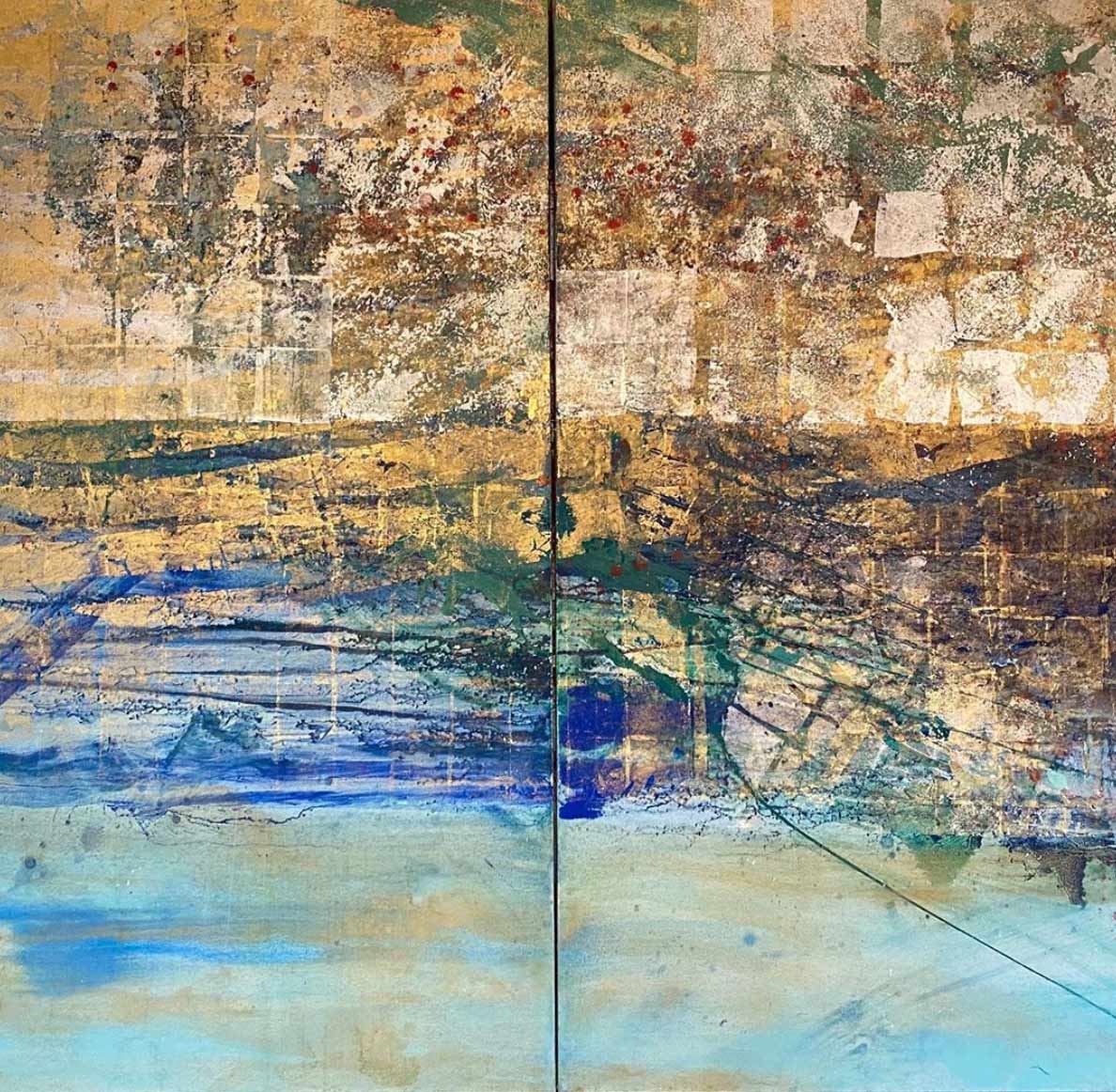
 When the statewide lockdown shuttered the Samek Art Museum because of the COVID-19 outbreak, Director RICHARD RINEHART remembered another tragedy — 9/11. It occurred the day of a grand art opening he’d planned while working at a California museum. Hesitantly, he carried on, doubting many people would attend the evening event. That’s when he learned people crave art during times of fear and isolation. People came for the art because they “didn’t want to be alone,” he says.
When the statewide lockdown shuttered the Samek Art Museum because of the COVID-19 outbreak, Director RICHARD RINEHART remembered another tragedy — 9/11. It occurred the day of a grand art opening he’d planned while working at a California museum. Hesitantly, he carried on, doubting many people would attend the evening event. That’s when he learned people crave art during times of fear and isolation. People came for the art because they “didn’t want to be alone,” he says.
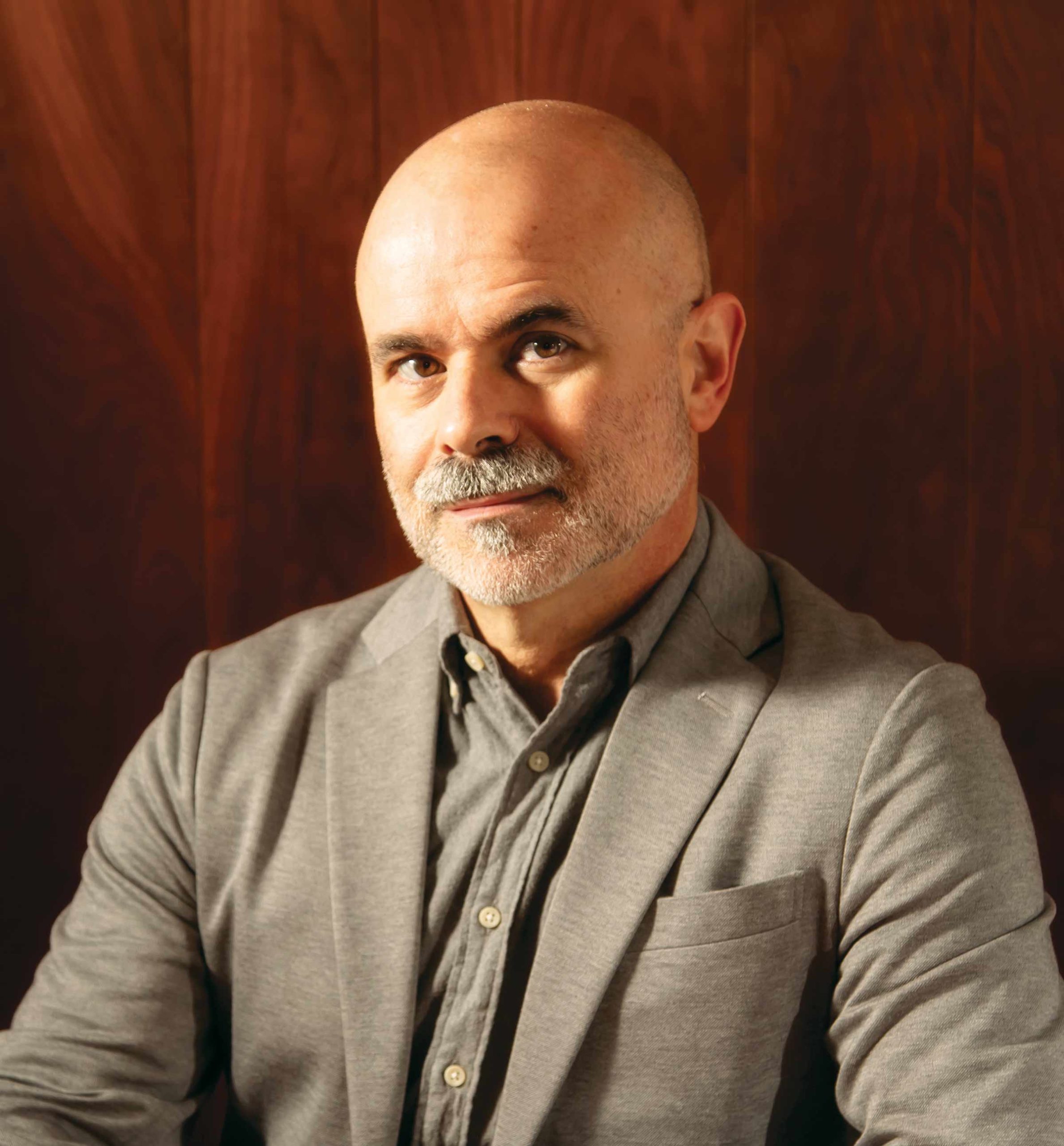

 When the statewide lockdown shuttered the Samek Art Museum because of the COVID-19 outbreak, Director RICHARD RINEHART remembered another tragedy — 9/11. It occurred the day of a grand art opening he’d planned while working at a California museum. Hesitantly, he carried on, doubting many people would attend the evening event. That’s when he learned people crave art during times of fear and isolation. People came for the art because they “didn’t want to be alone,” he says.
When the statewide lockdown shuttered the Samek Art Museum because of the COVID-19 outbreak, Director RICHARD RINEHART remembered another tragedy — 9/11. It occurred the day of a grand art opening he’d planned while working at a California museum. Hesitantly, he carried on, doubting many people would attend the evening event. That’s when he learned people crave art during times of fear and isolation. People came for the art because they “didn’t want to be alone,” he says.
photograph by EMILY PAINE
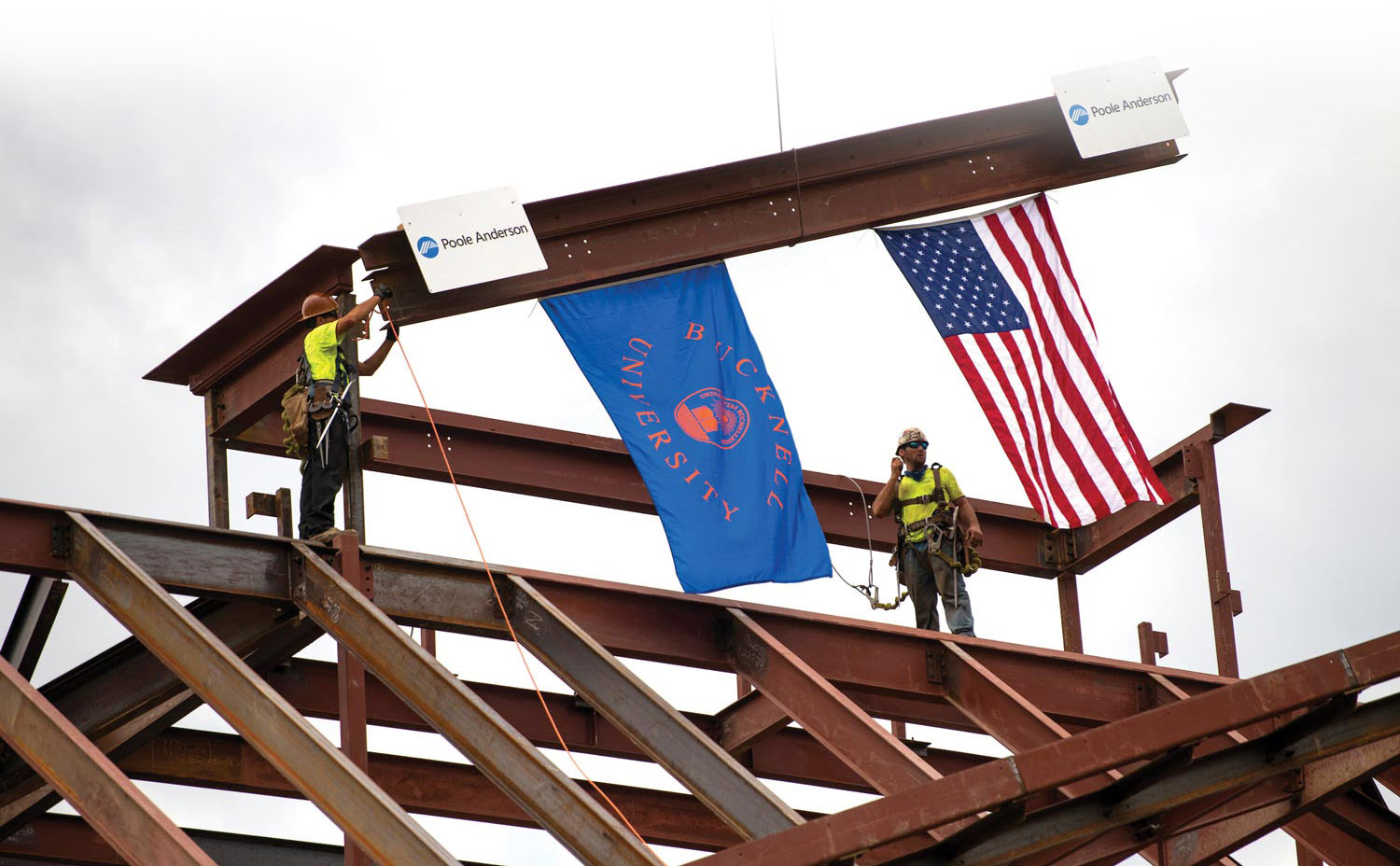
photograph by EMILY PAINE

